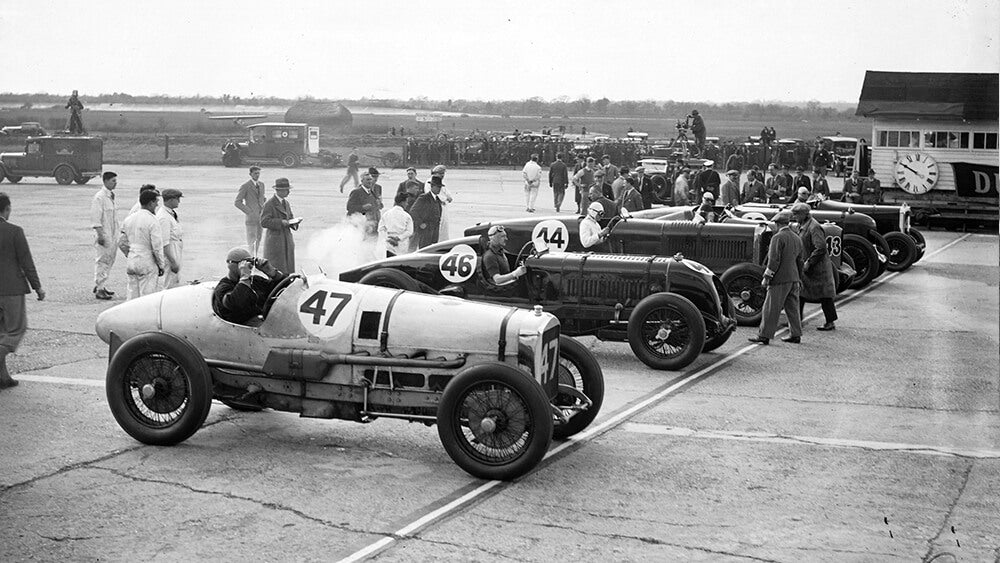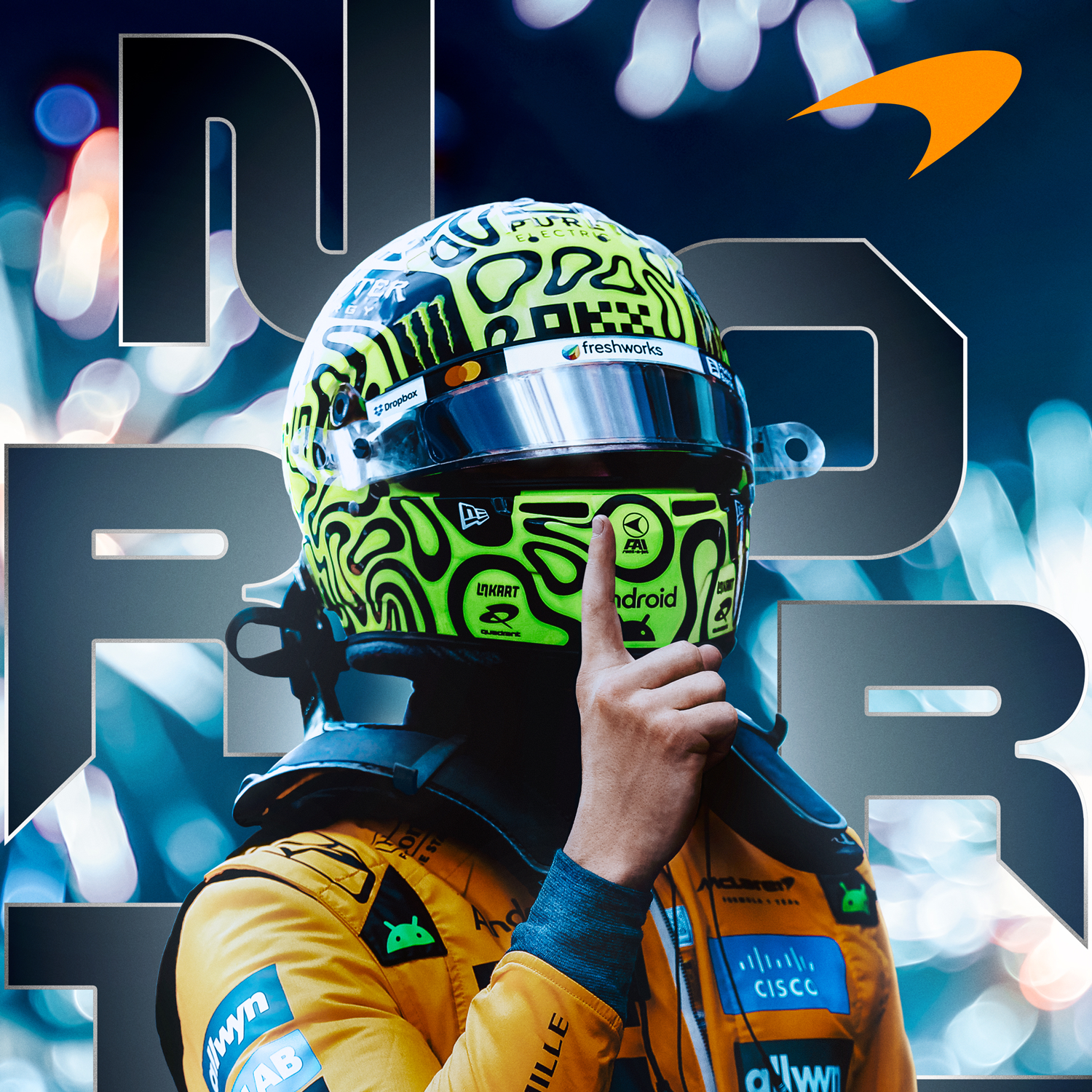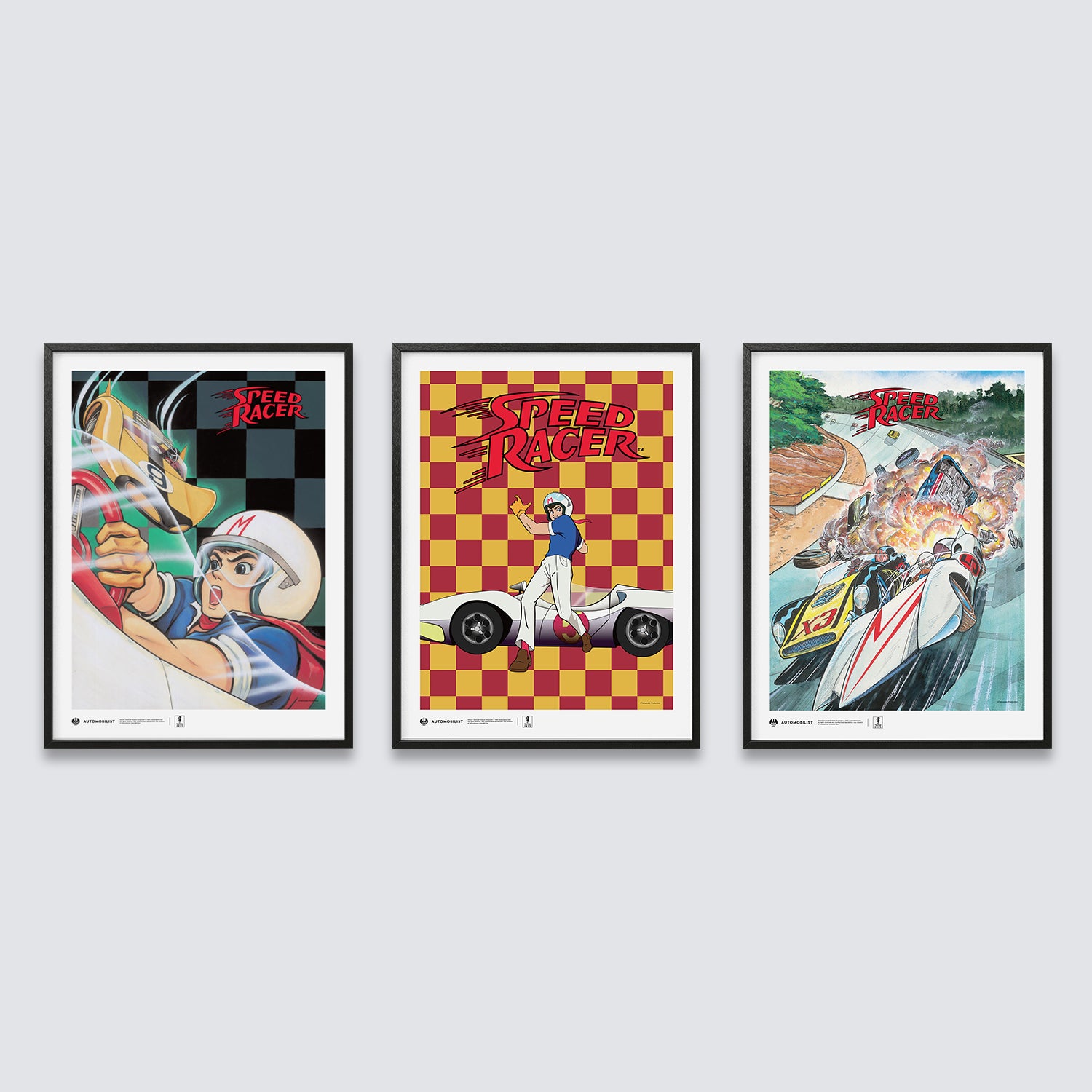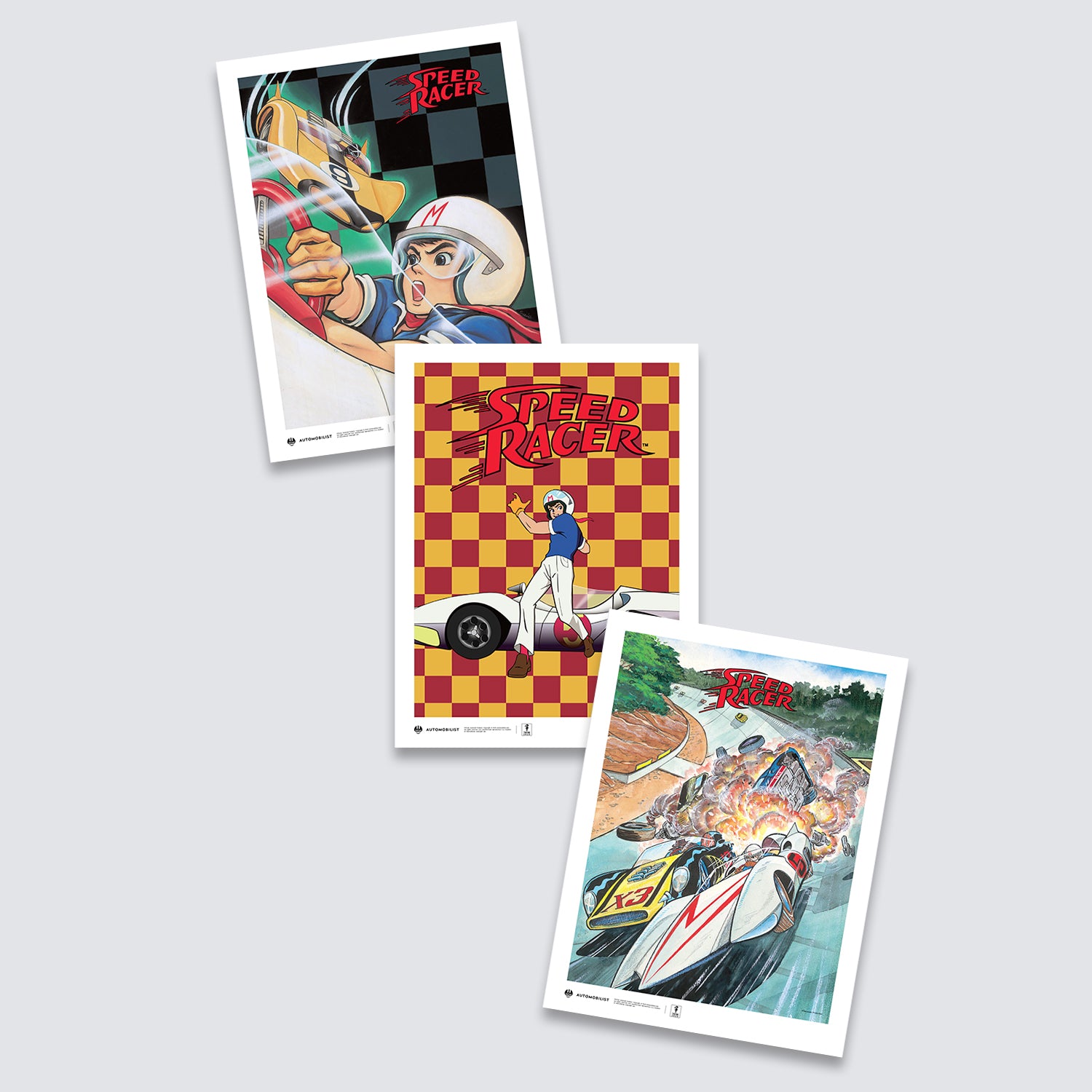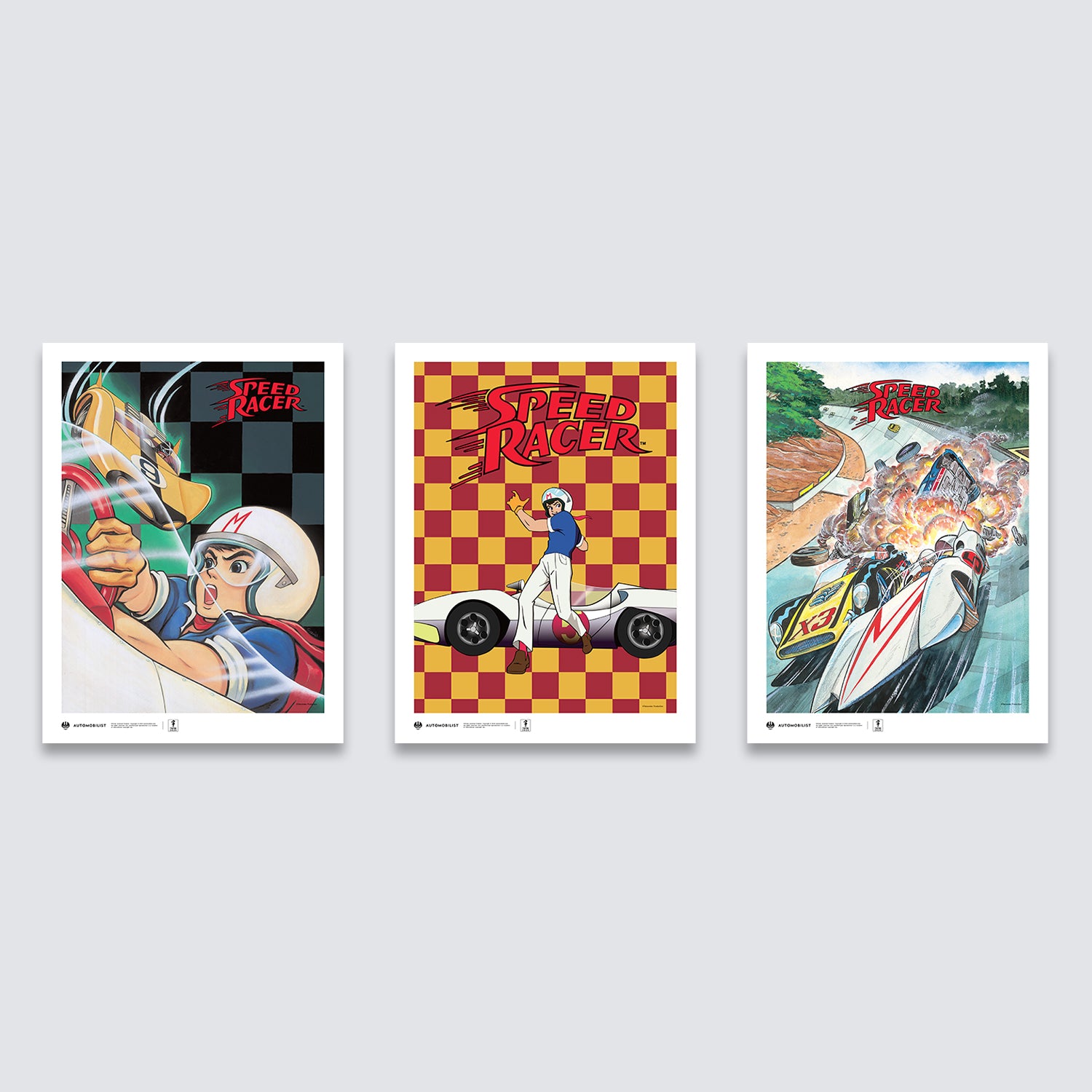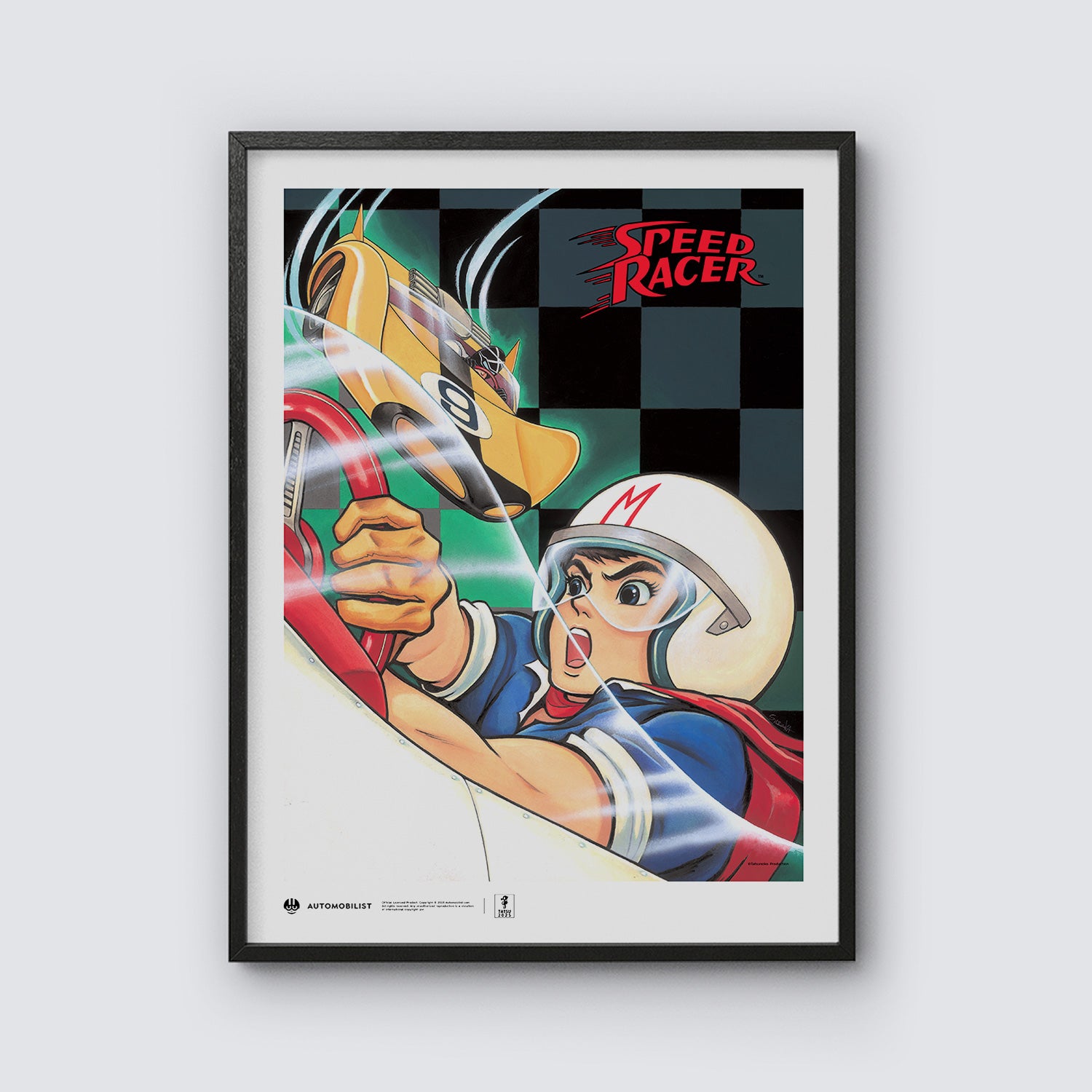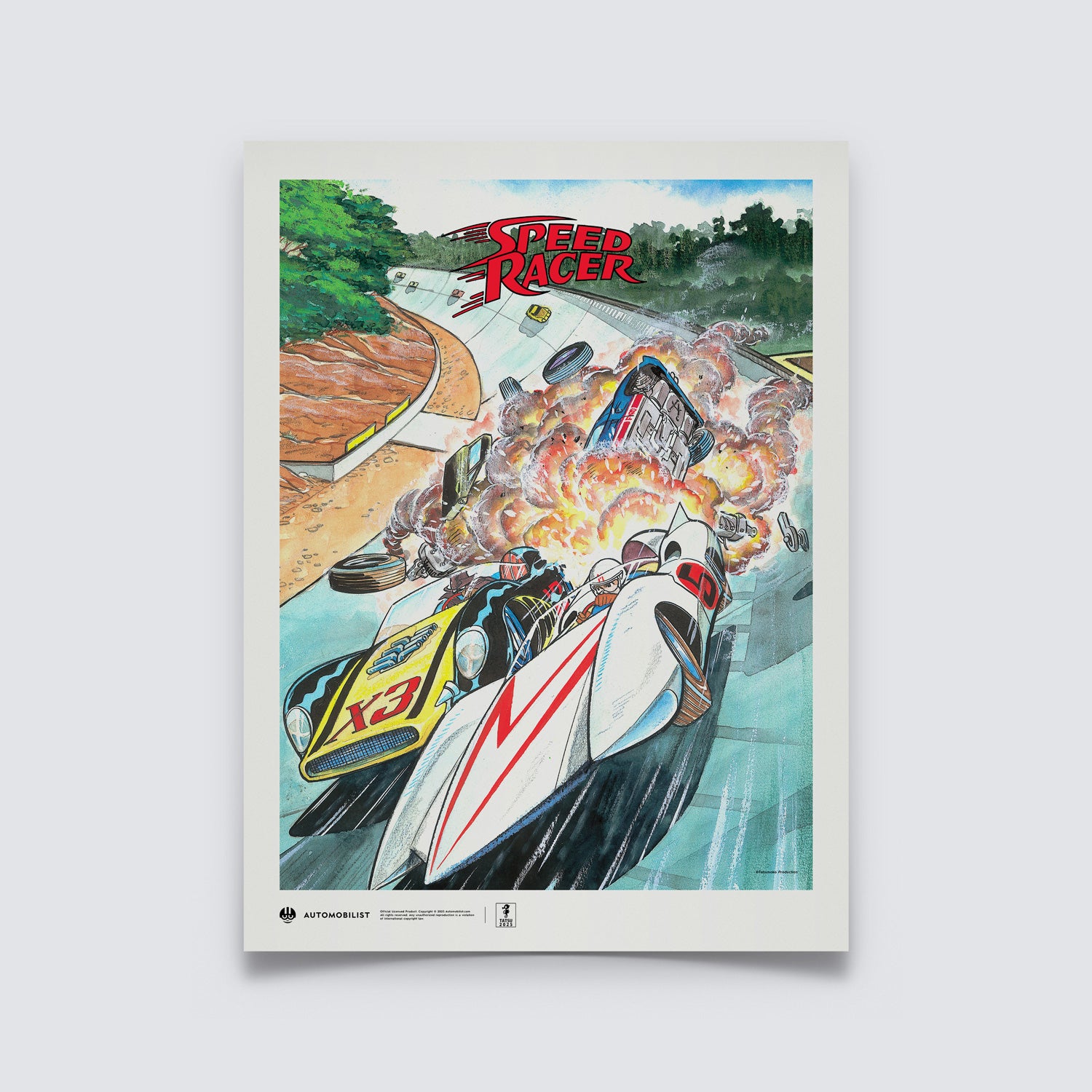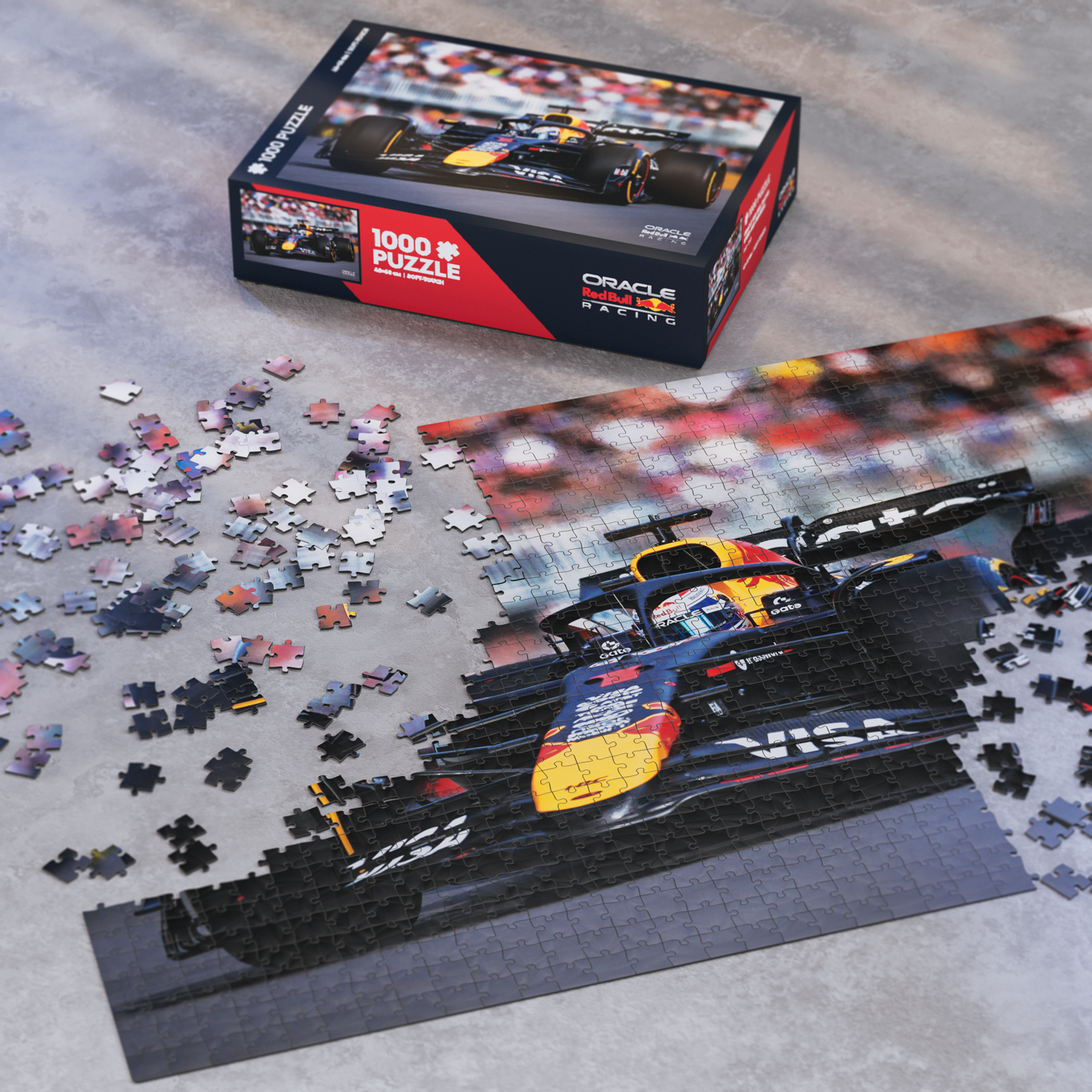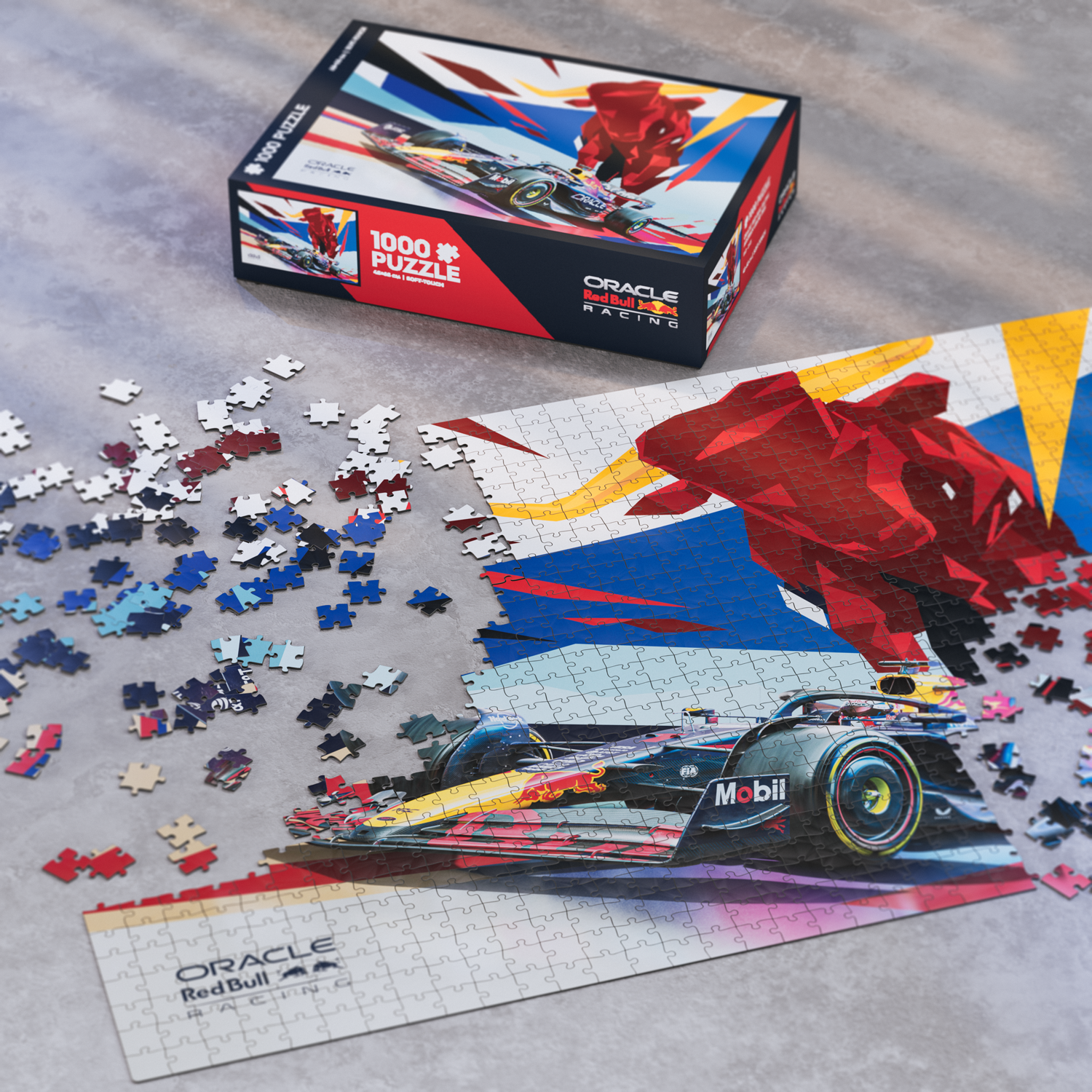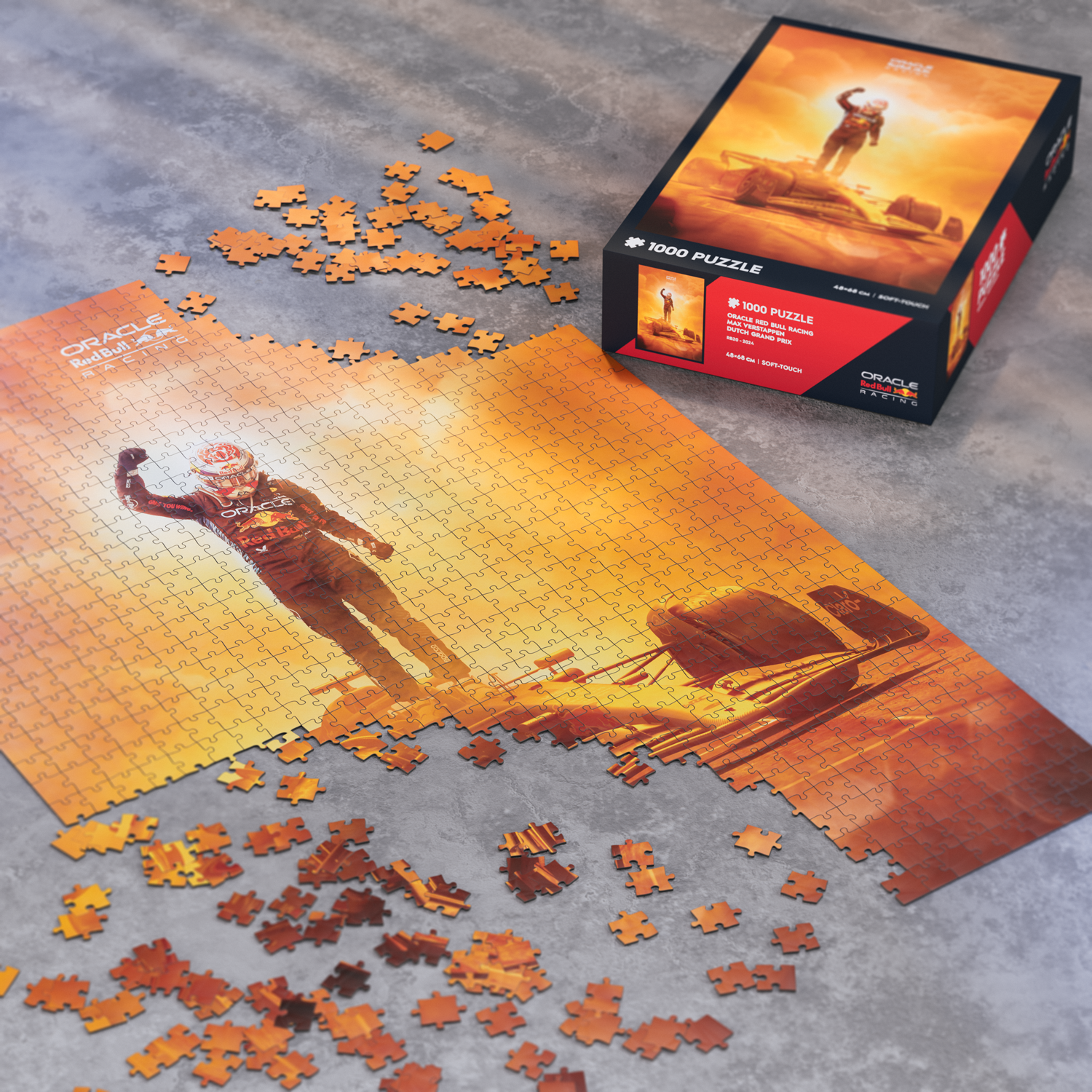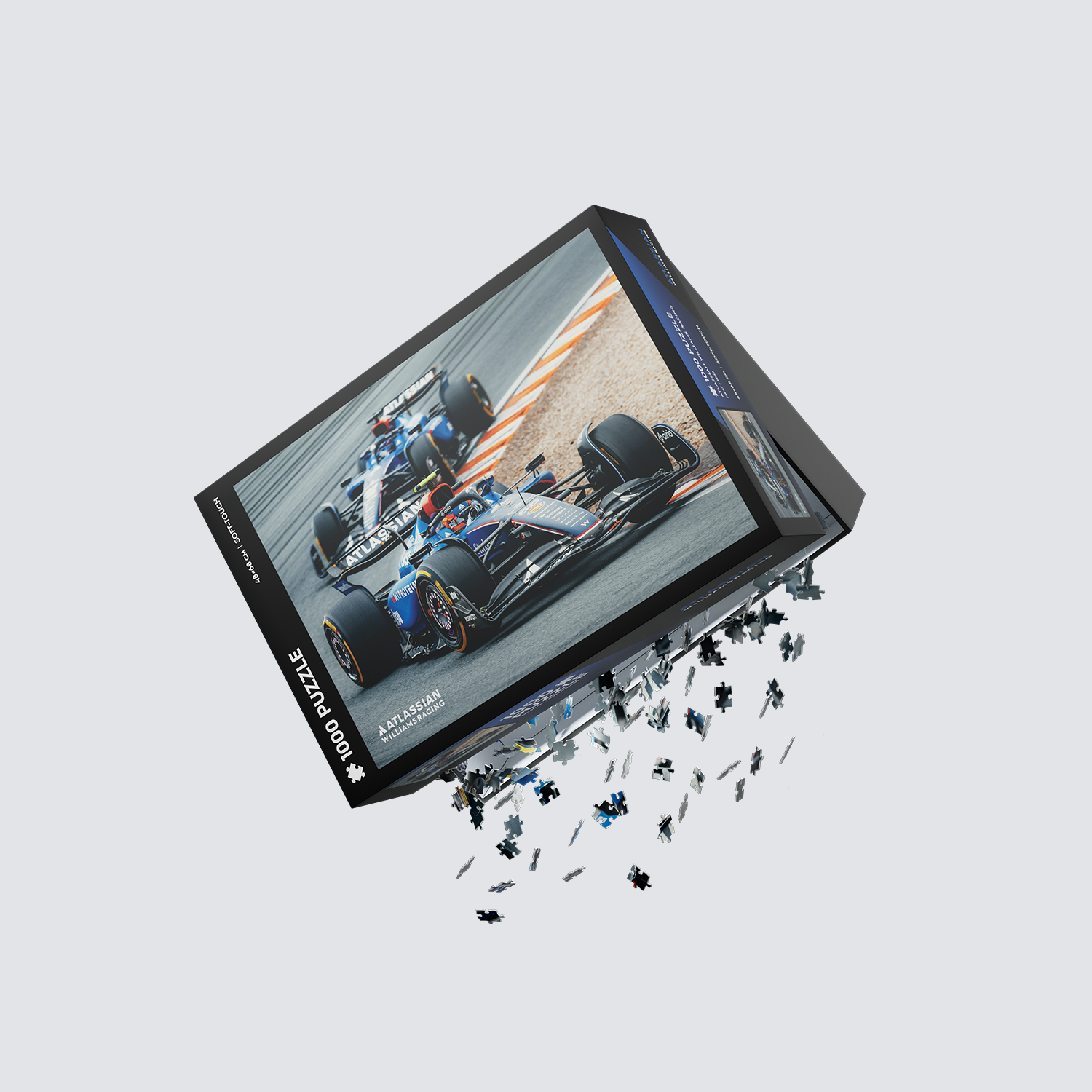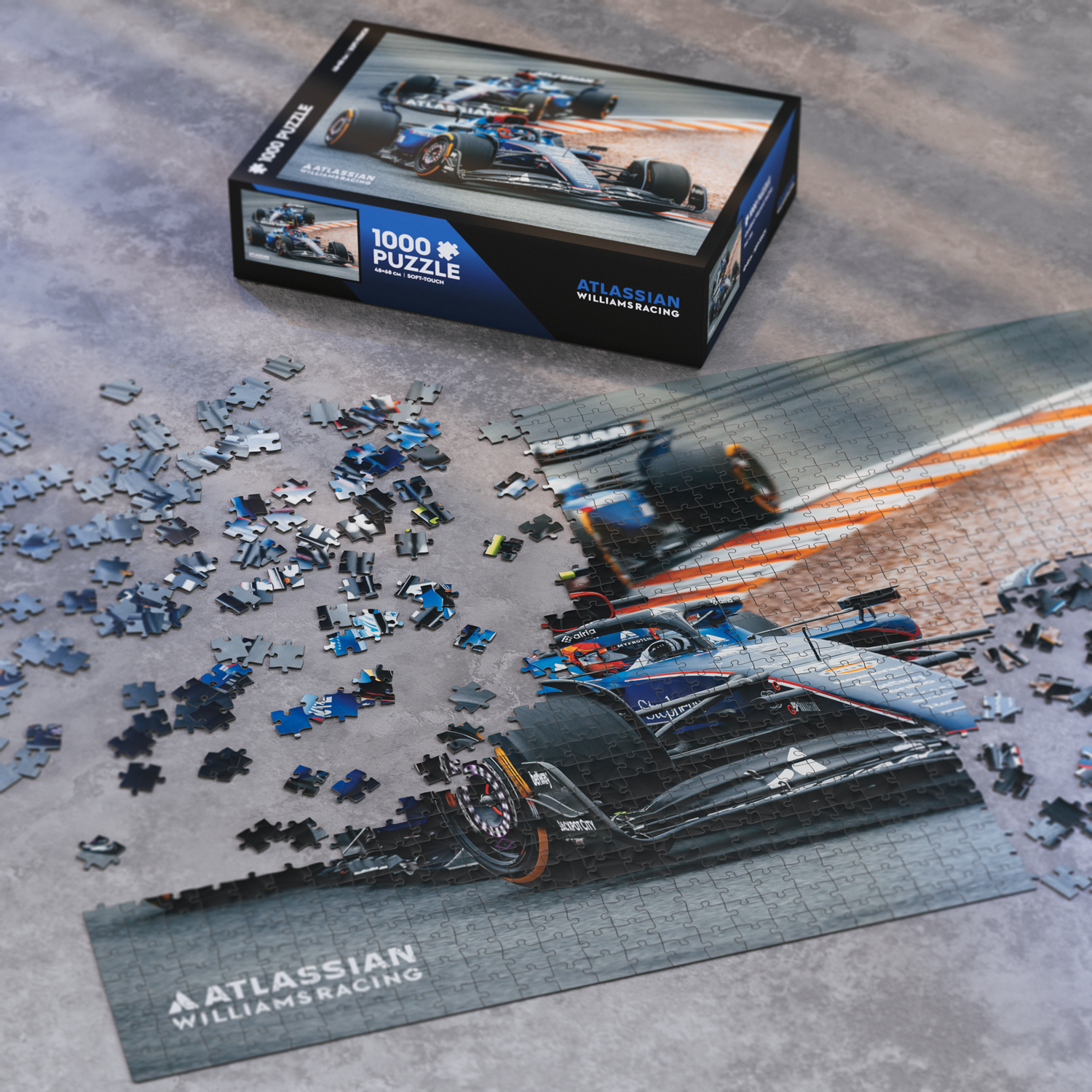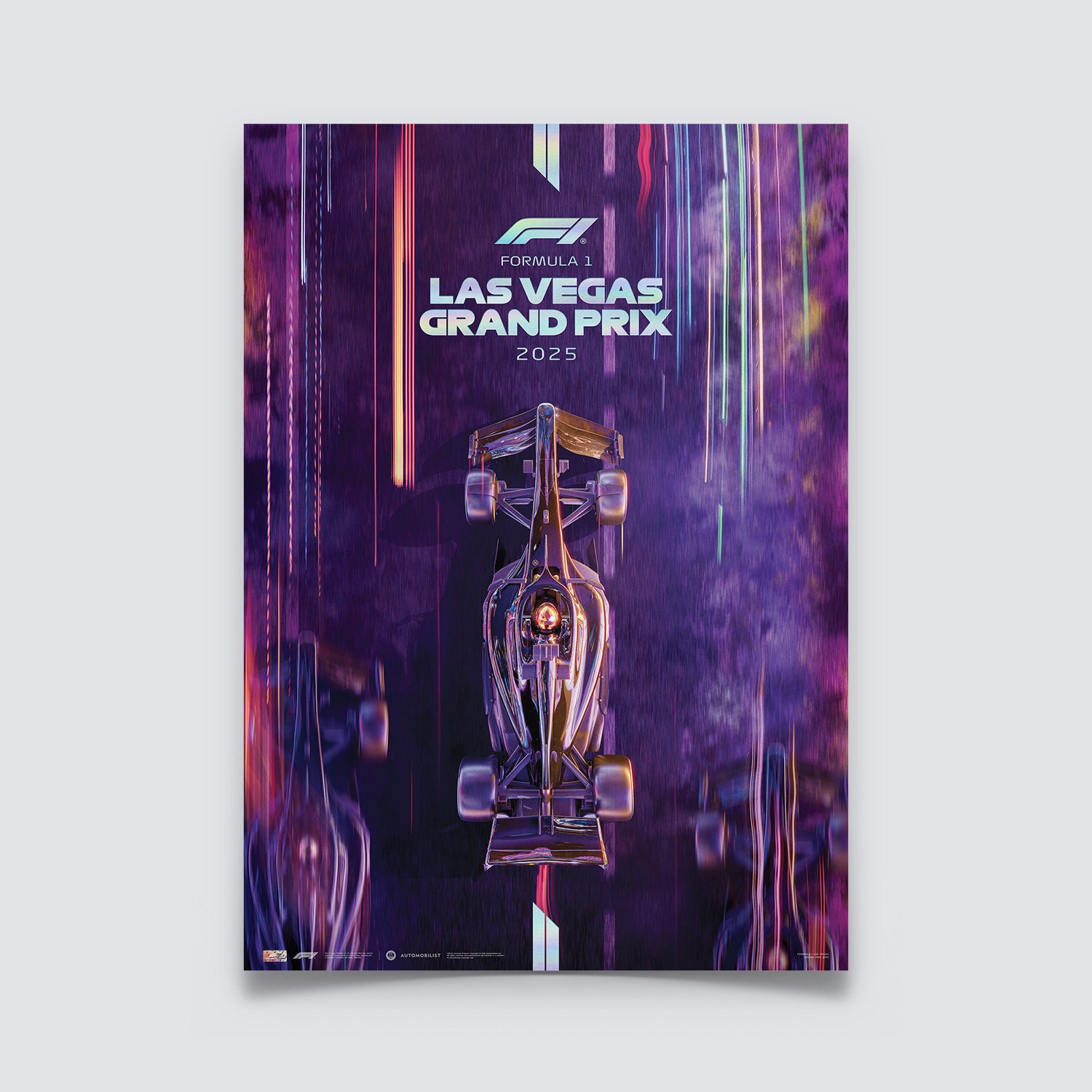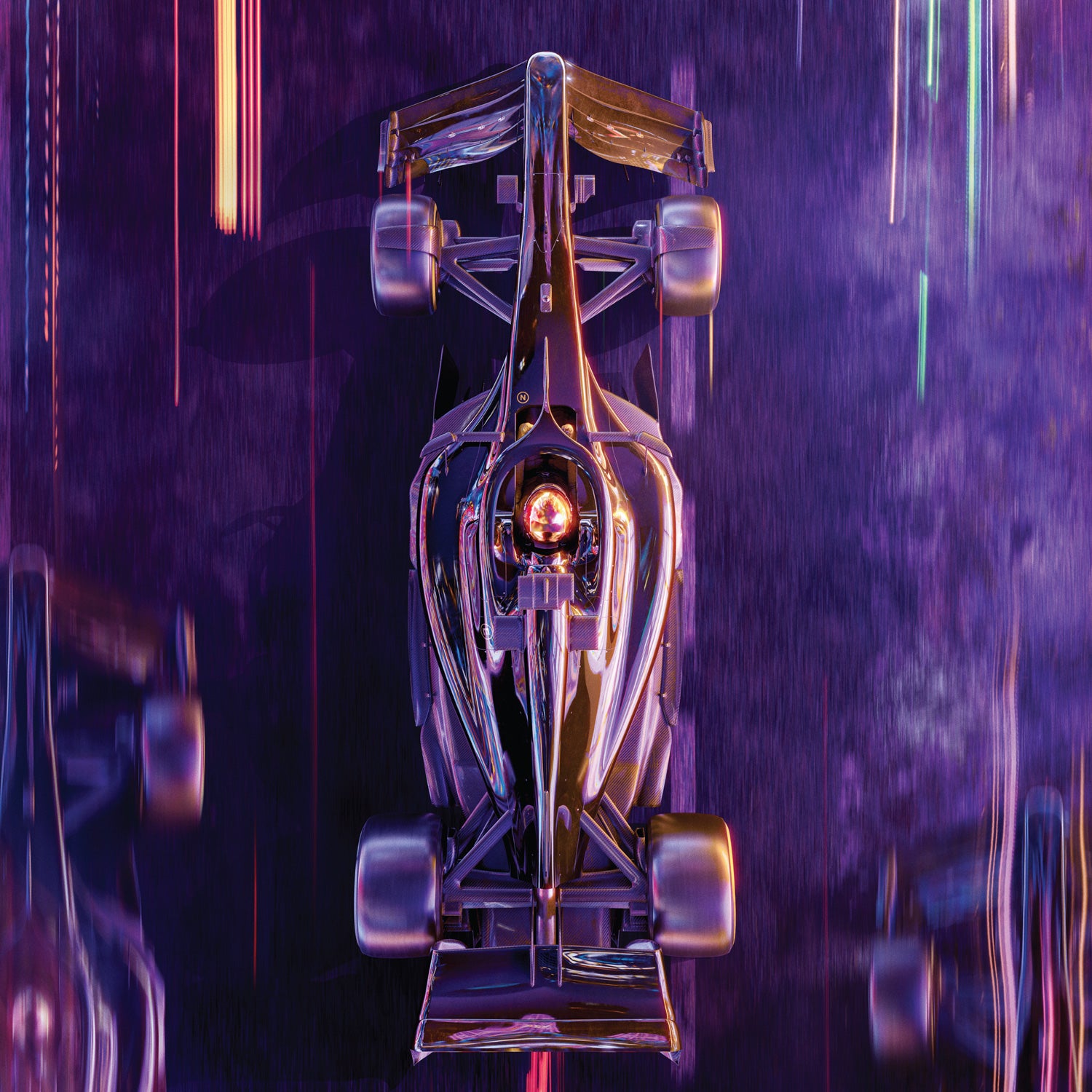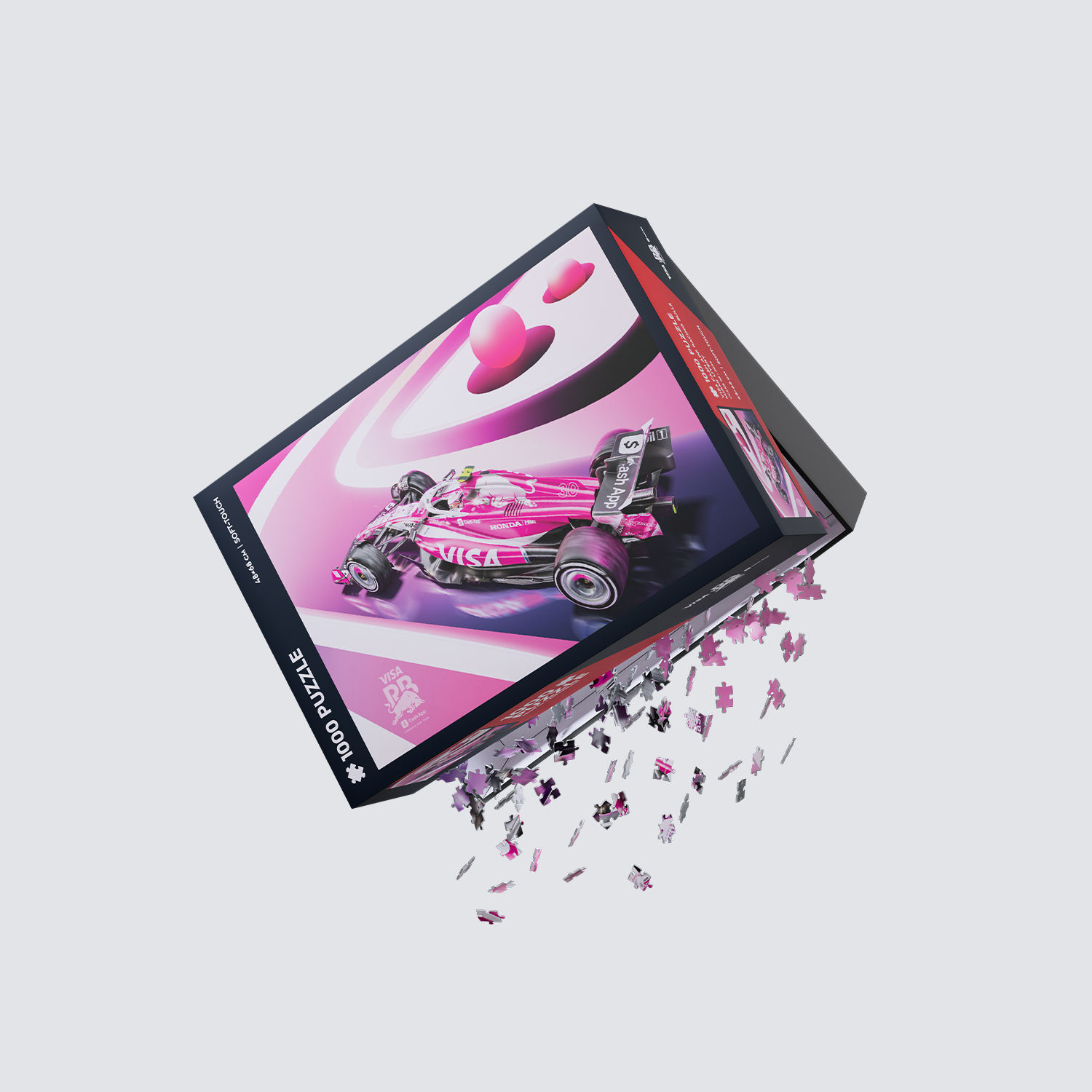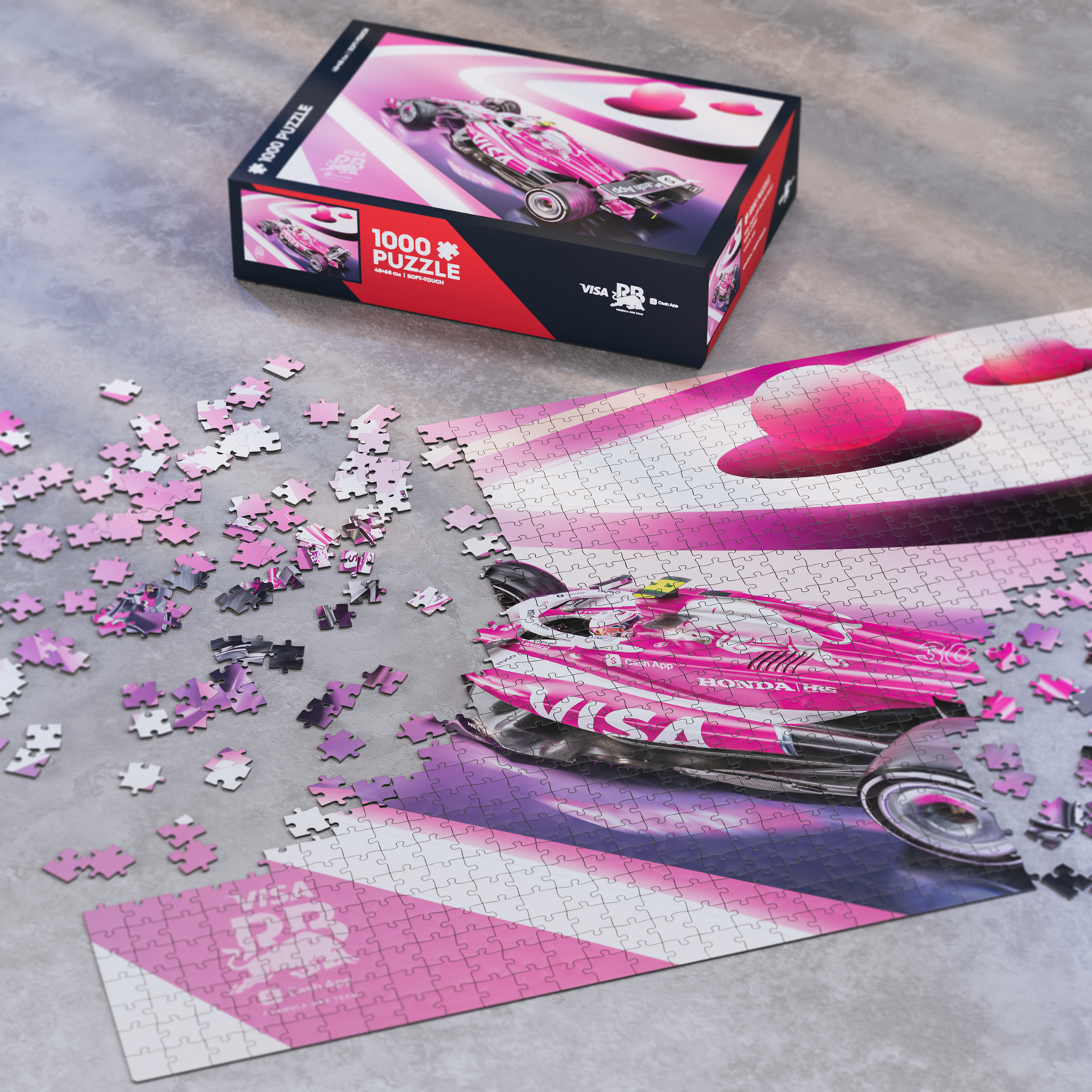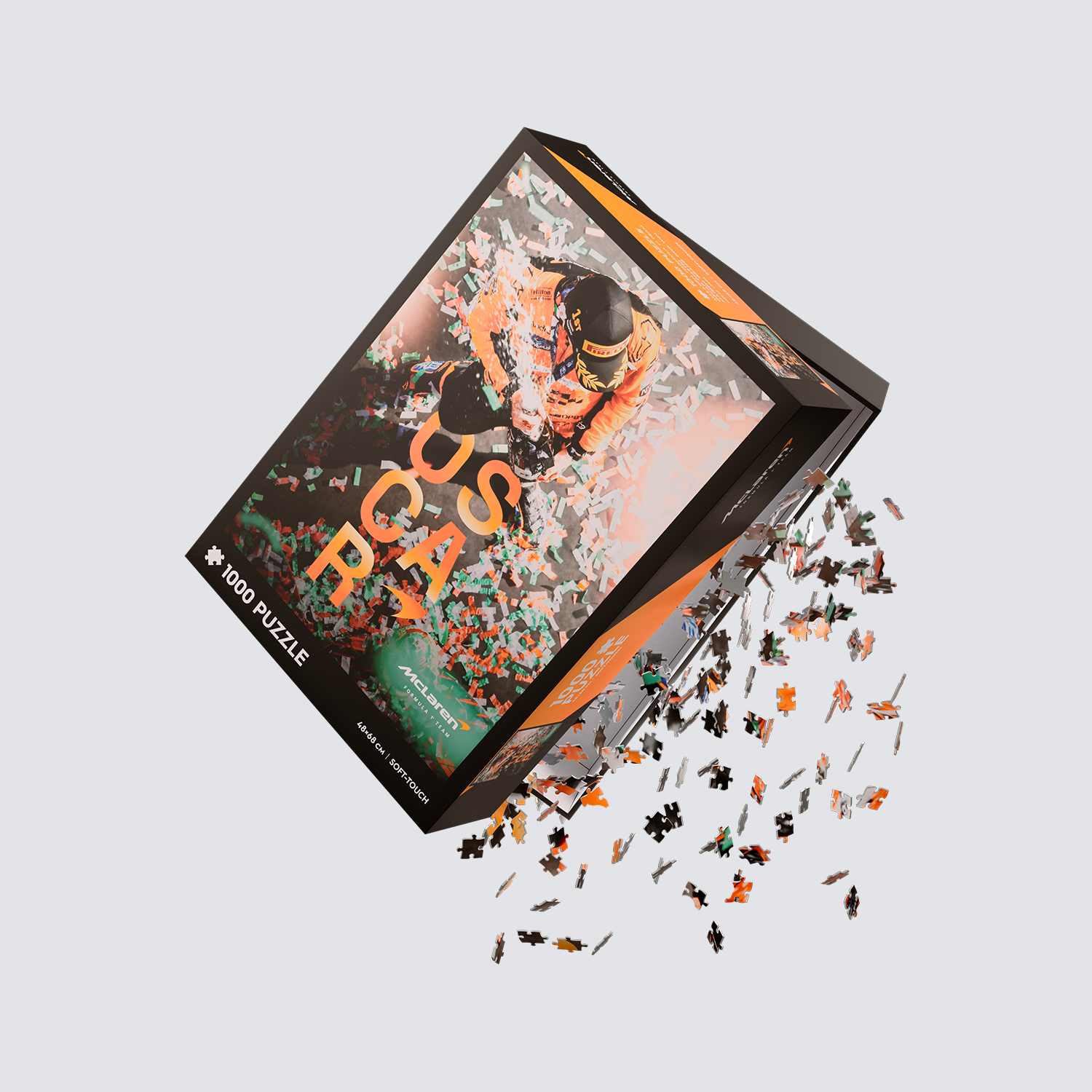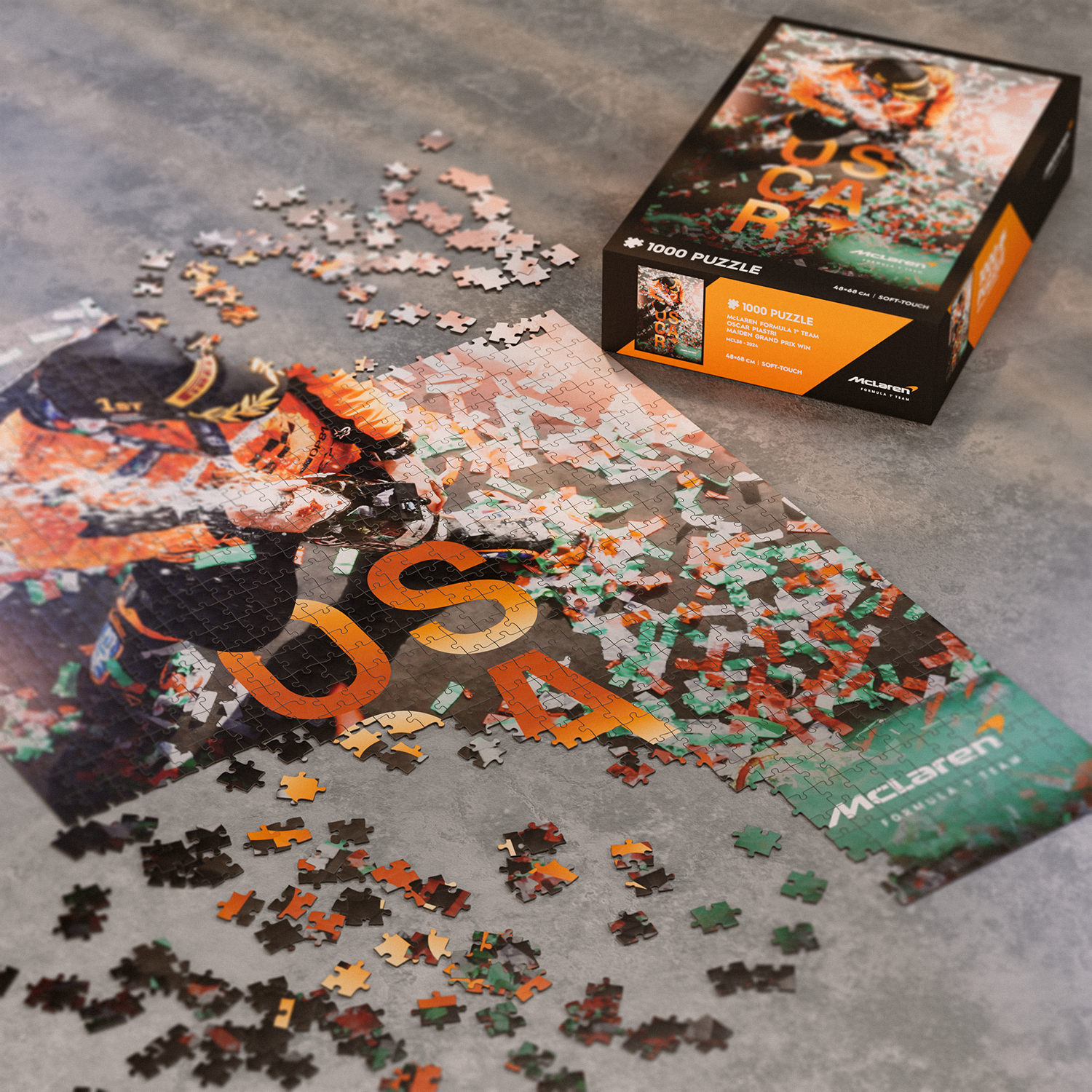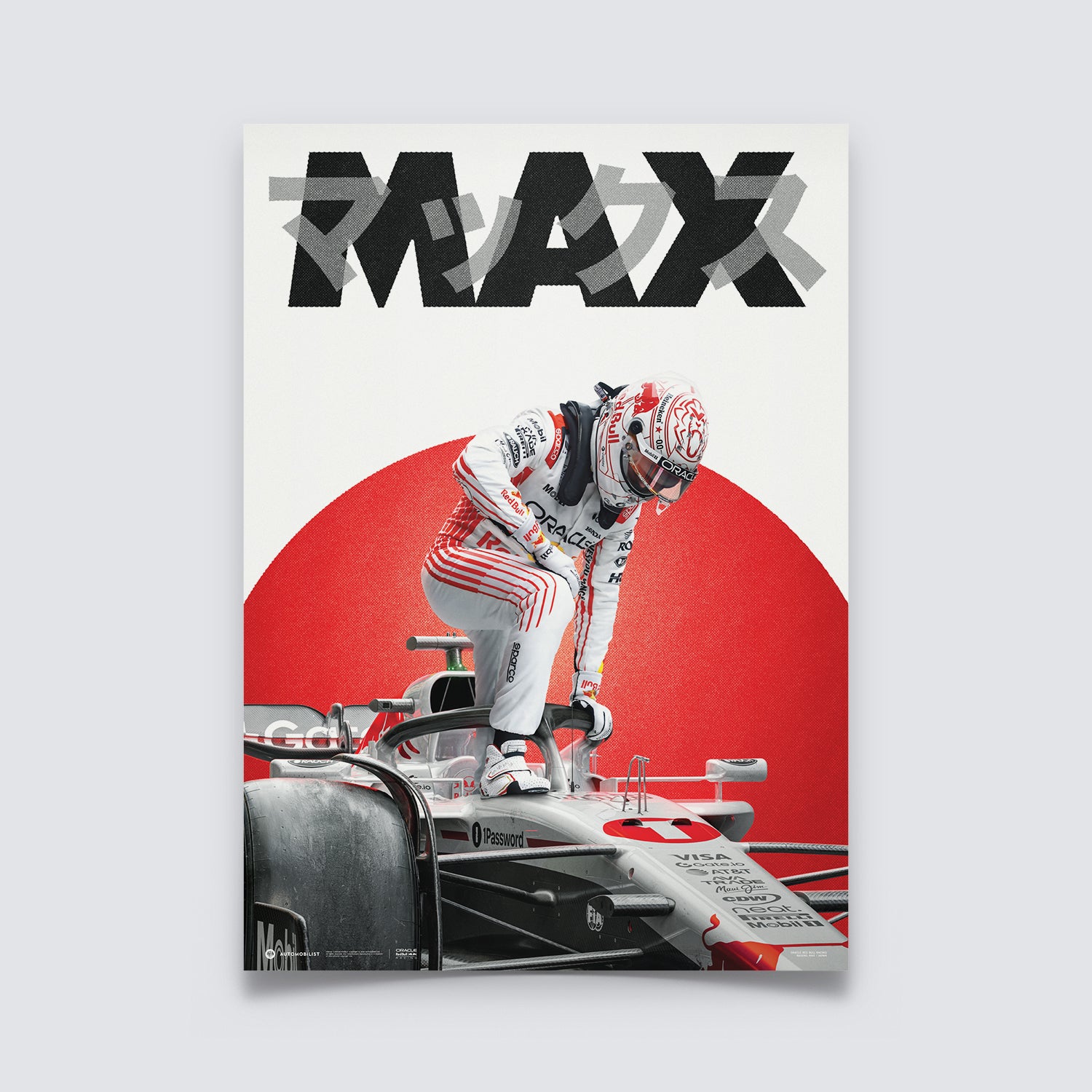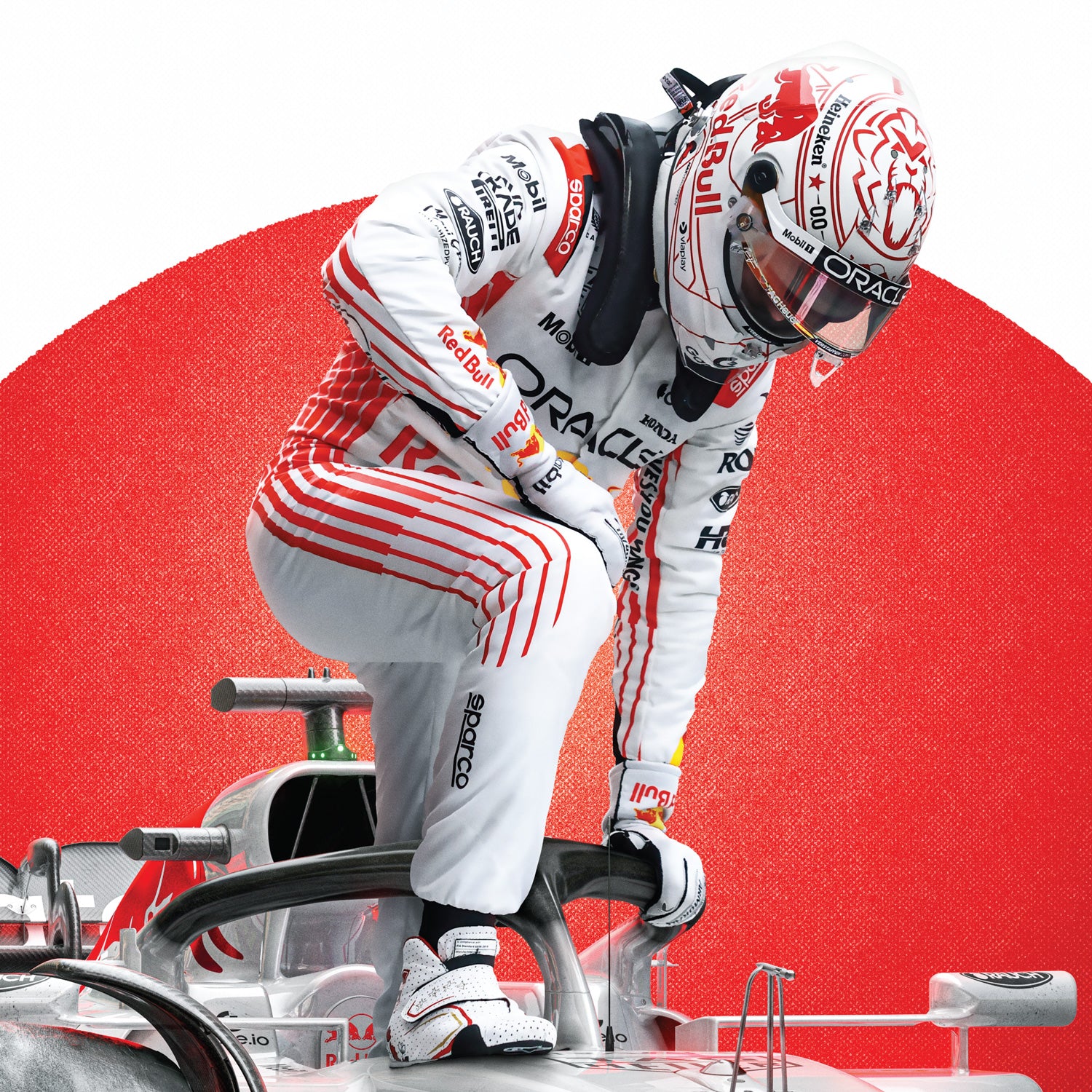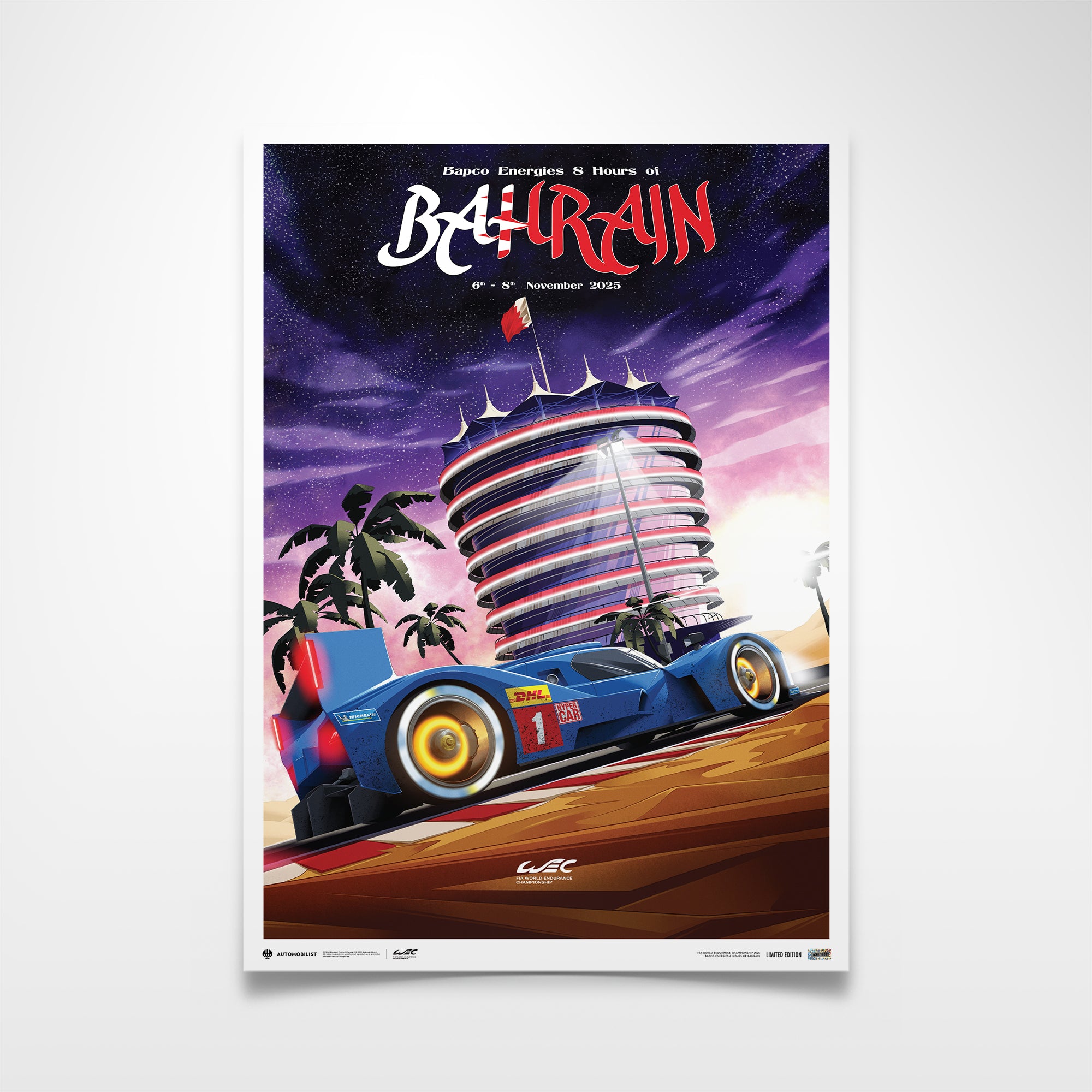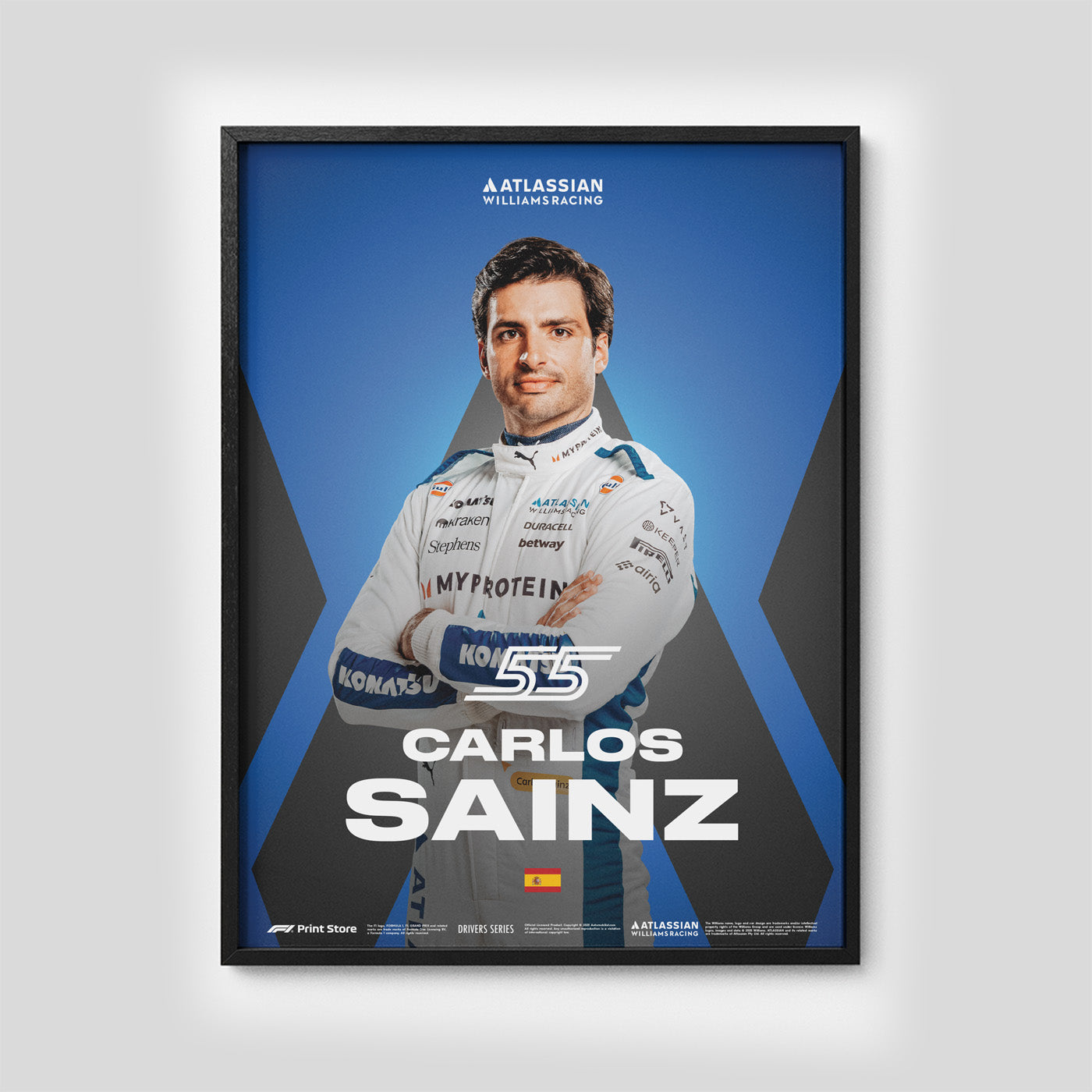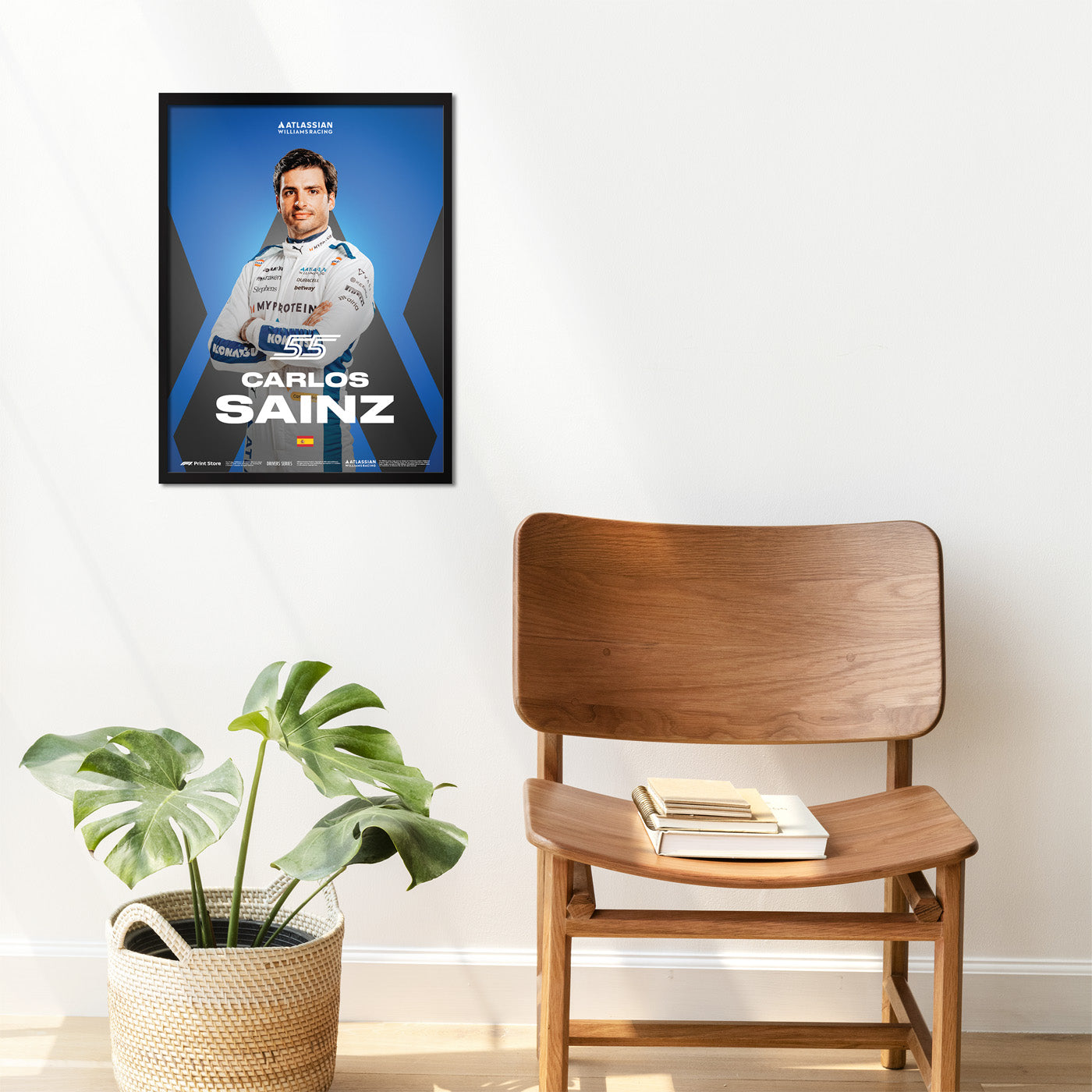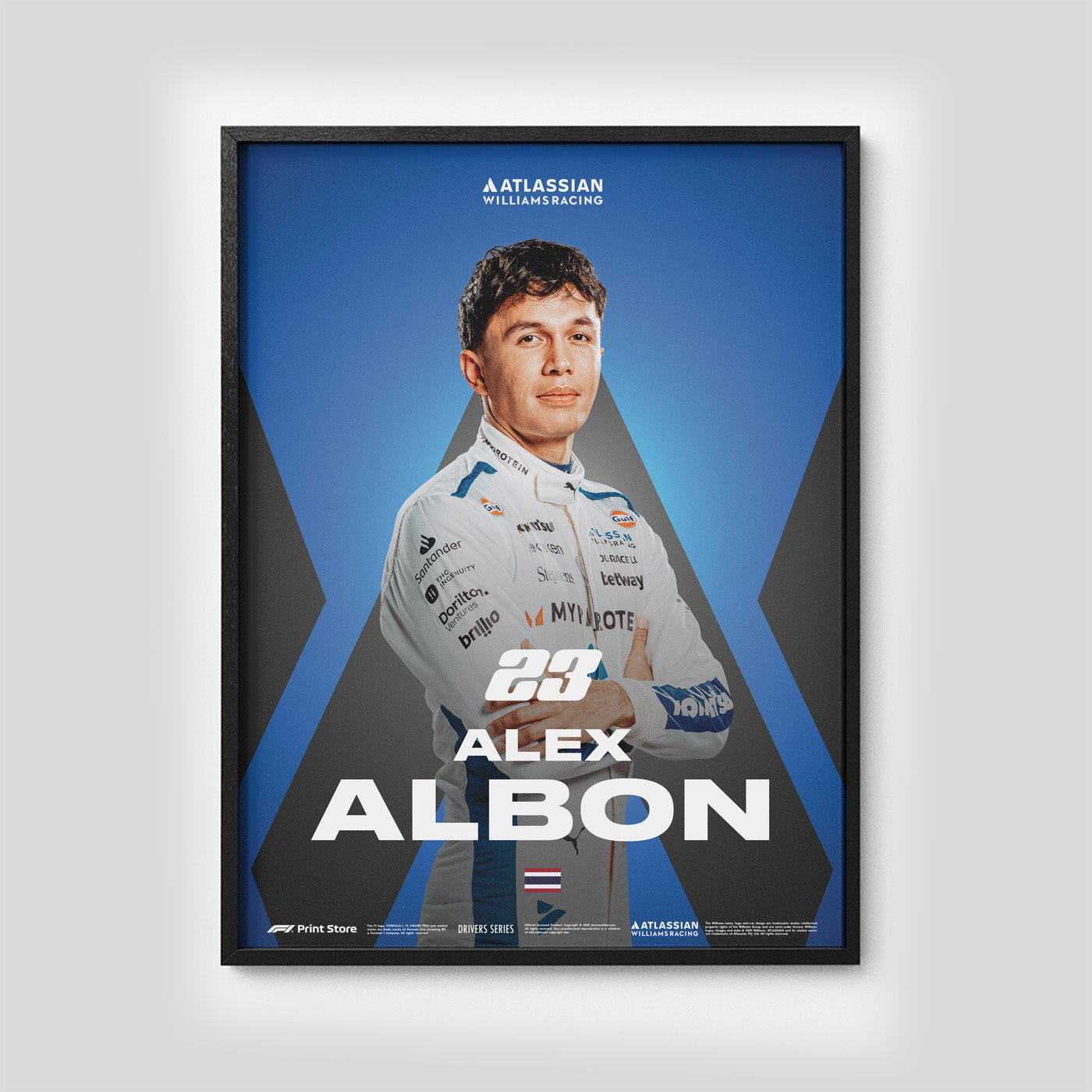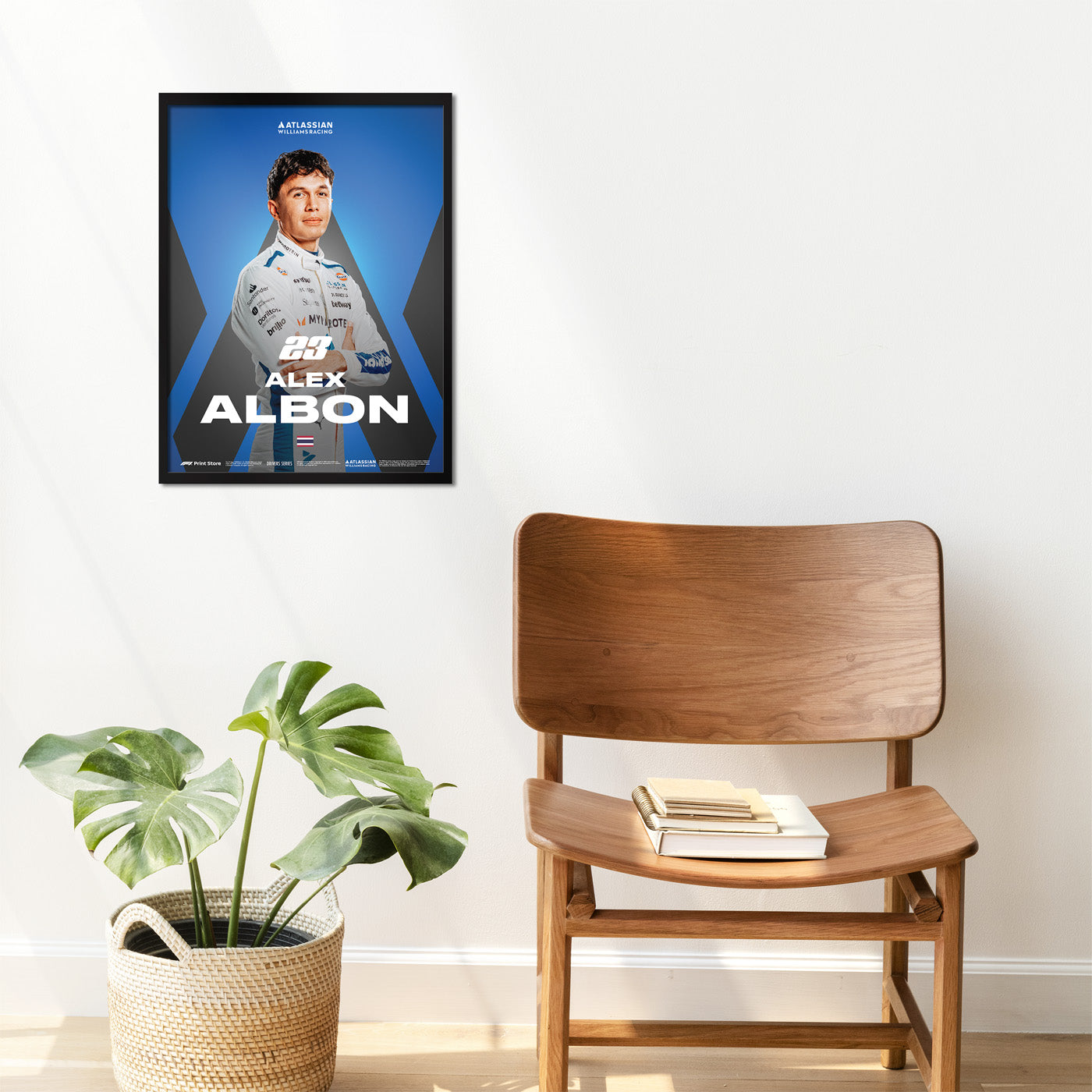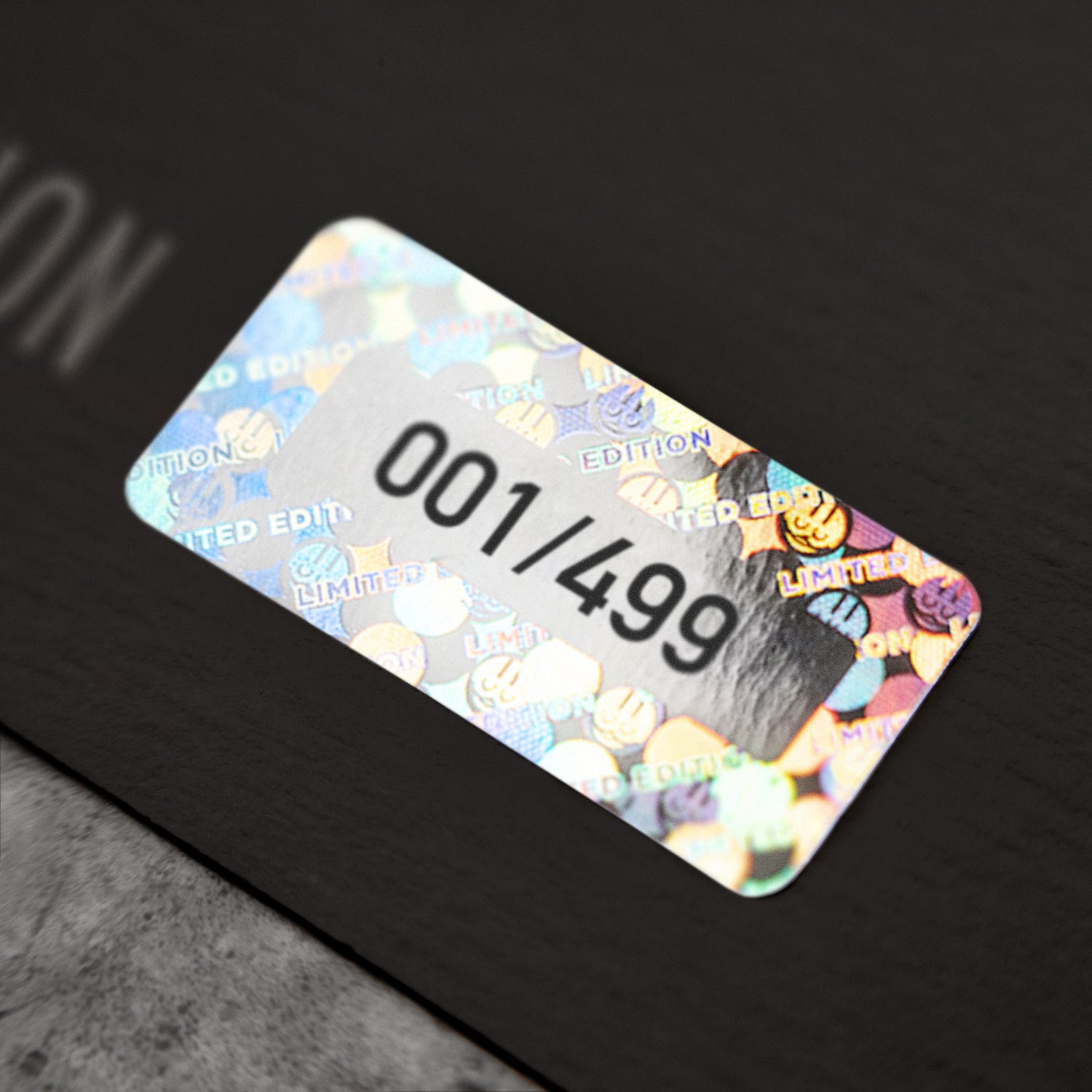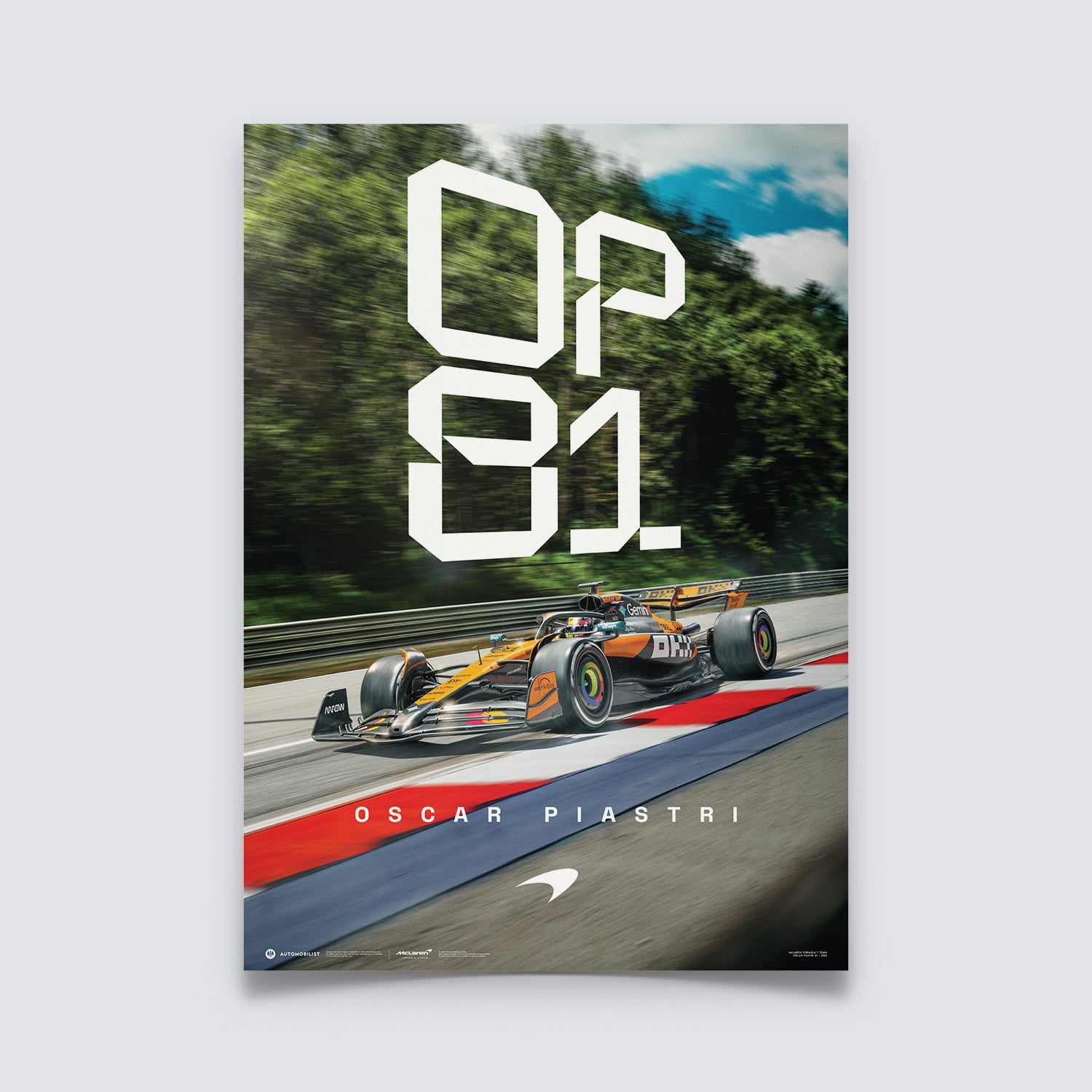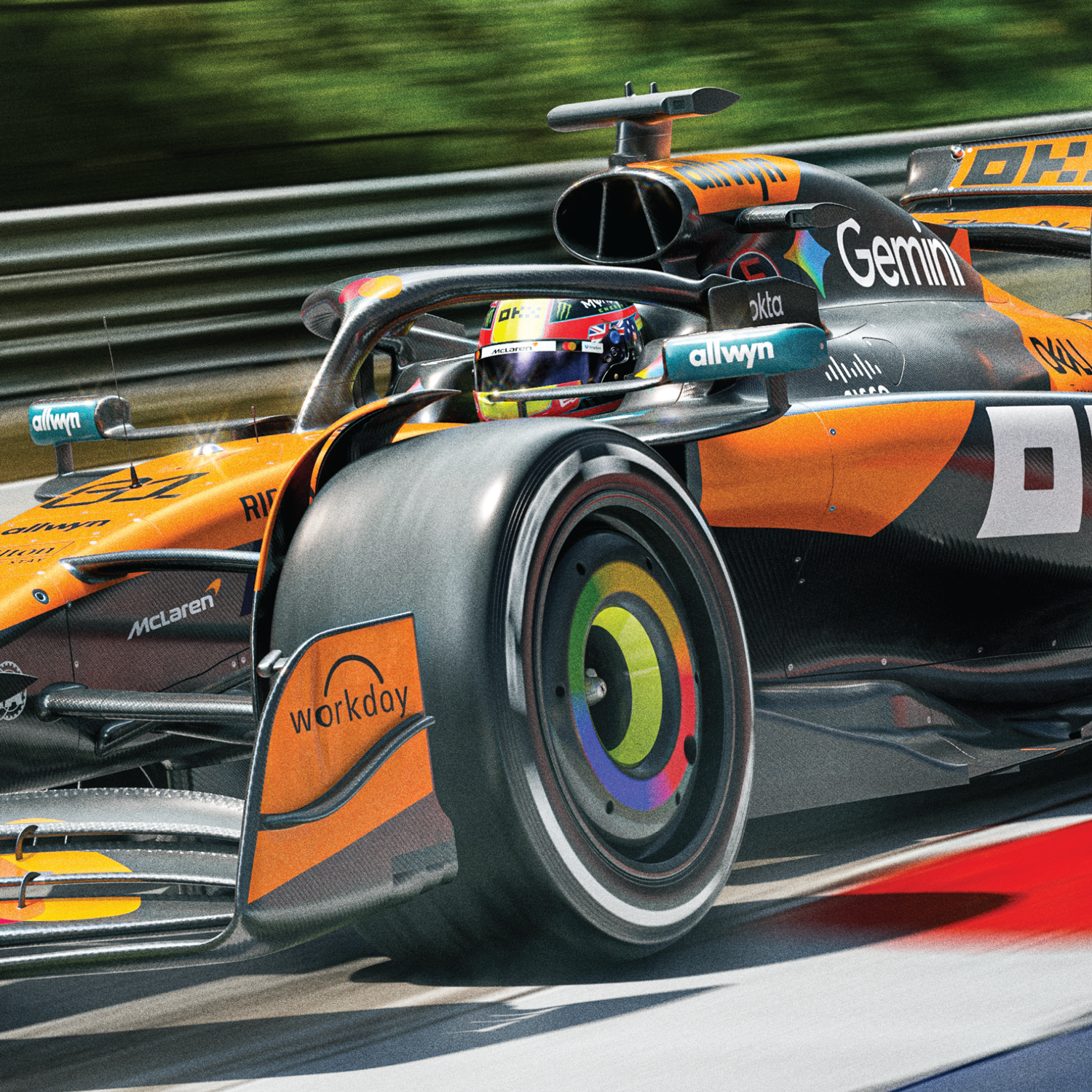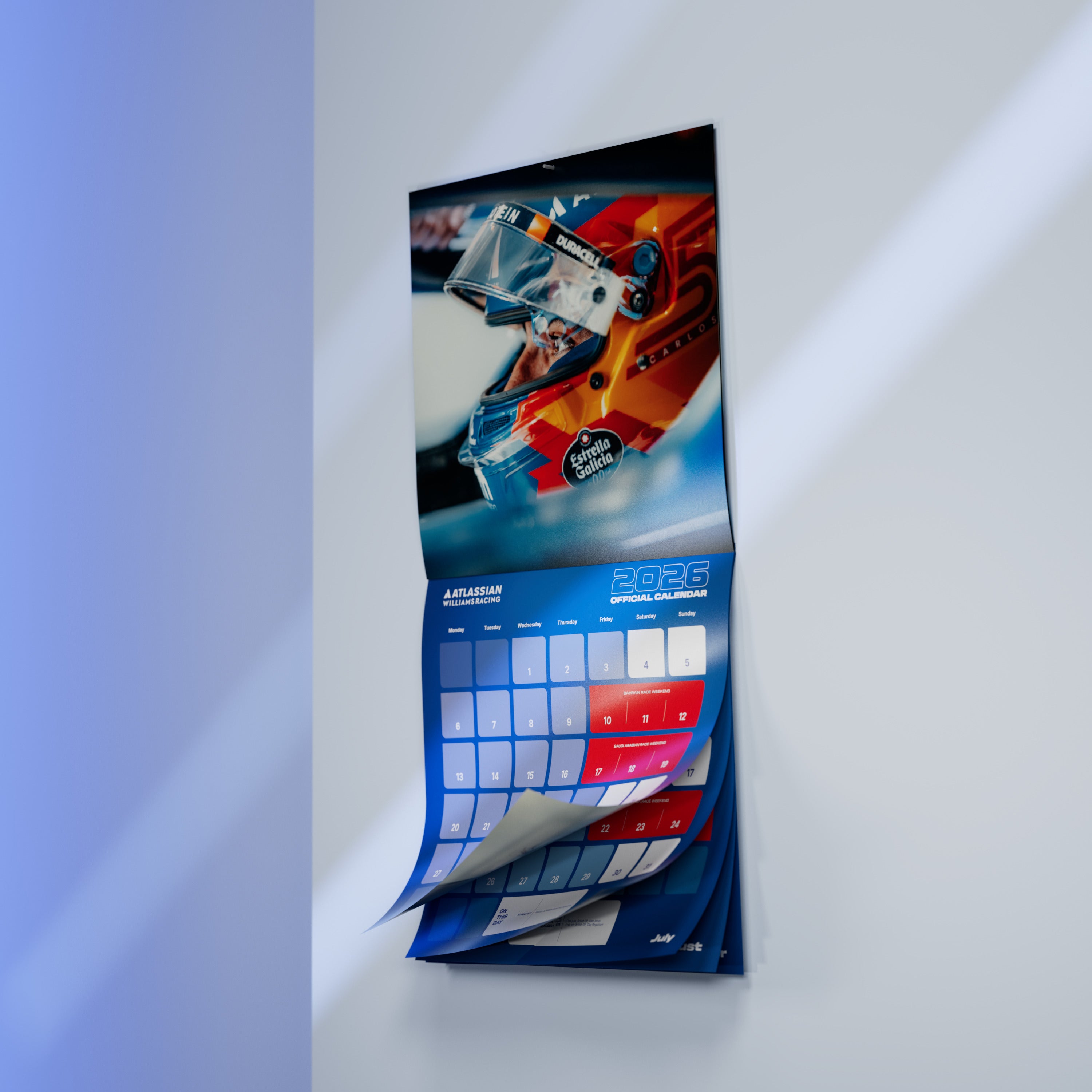If motor racing in the 1920s had been about the champagne-drenched exploits of restless adventurers and fabulously rich playboys, then the 1930s was the decade in which, perhaps for the first time, wealthy dilettantism gave way to discipline, detail and the birth of the modern racing team.
It also gave rise to some of the most dramatically beautiful and iconic cars in motorsport history – an era defined by machinery from Alfa Romeo, Auto Union and Mercedes.
ALFA ROMEO 8C
In November 1929, as fallout from the Wall Street Crash dimmed the lights of economies around the world, former Alfa Romeo race driver Enzo Ferrari launched Scuderia Ferrari with the express aim of taking the struggling Italian marque’s cars and turning them into racing machines for whatever gentleman racers wished to rid themselves of their remaining wealth.
But with the Commendatore’s trademark obsession, gentlemanly racing was pursued with an obsessive drive to build the perfect racing machine. And in Alfa Romeo engineer Vittorio Jano he found a kindred spirit.
The ultimate expression of that regimented philosophy and of Ferrari’s drive to win was the 8C. Featuring a refined twin-supercharged eight-cylinder 2.3-litre powerplant derived from the P2 the 8C made its competition debut at the 1931 Mille Miglia that year. Driven by Tazio Nuvolari and Giovanni Guidotti the 8C led for long periods before tyre woes relegated it to ninth at the finish.
Nuvolari would tolerate no such failure at that year’s Targa Florio and battling heavy rain and thick, blinding mud the Flying Mantuan took victory. Later that year, the works 8Cs entered by Scuderia Ferrari finished first and second in the Grand Prix of Europe at Monza.
 Raymond Sommer and Gian Battista Guidotti, Alfa Romeo 8C 2900A - Le Mans 1937. Image courtesy Motorsport Images
Raymond Sommer and Gian Battista Guidotti, Alfa Romeo 8C 2900A - Le Mans 1937. Image courtesy Motorsport Images
It was at Le Mans that the 8C made its most significant early marks however. Tim Birkin, late of the Bentley Boys, opted for an 8C for the 1931 race at La Sarthe. Alongside Francis Curzon, Earl Howe, Birkin handed Alfa the first of four consecutive Le Mans wins with the 8C, the others coming at the hands of Luigi Chinetti and Raymond Sommer in 1932, Nuvolari and Sommer in 1933 and Chinetti and Philippe Etancelin in 1934.
Grand Prix success was less common but the 8C took one more famous victory, at the 1935 German Grand Prix at the Nürburgring, against the cars that would come to define the second half of the 1930s, those of Auto Union and Mercedes.
In front of an estimated crowd of 300,000, Nuvolari delivered a phenomenal drive in his Scuderia Ferrari-prepared 8C to see off the German threat. It was a last heroic defence, however, as the tide of German engineering prowess and almost limitless resources soon swamped Ferrari, Jano and the 8C.
AUTO UNION A-D
Auto Union had first entered its revolutionary A model at the 1934 Avusrennen at the Avus circuit, the same race at which Mercedes launched its almost equally impressive W25 and two years later the B spec version was hitting a reported 380 km/h on the huge straights of the Berlin track – in 1936.
The Auto Union racing cars were stunningly fast. During practice on its AVUS debut, Hans Stuck clocked an average lap speed of 245 km/h and although the race was held in heavy rain, Stuck quickly built up a minute’s lead over his nearest rivals before a fault forced him out. However, Auto Union had extraordinary power available to it and with the military discipline admired by Ferrari turned into a blitzkrieg force of more than 60 technicians at Auto Union alone, German dominance of grand racing was assured.
 Hans Stuck, Auto Union A at the French GP of 1934. Image courtesy Motorsport Images.
Hans Stuck, Auto Union A at the French GP of 1934. Image courtesy Motorsport Images.
Stuck went on to win the German, Swiss, and Czechoslovakian grands prix in 1934. Achile Varzi stormed to success in the 1935 Tunis Grand Prix, while Stuck added the Italian Grand Prix to his tally. In 1936 the young driver Bernd Rosemeyer captured both the German and European championship titles with the Type C, powered by more than 500 hp.
Between 1934 and 1939, Auto Union spent about 13.2 RM on Grand Prix racing with its A-D variants, and received approximately 2.7 RM in subsidies from the Third Reich, an annual average of about 20 per cent of its costs. In that period, the marque entered for 61 circuit races in all, 30 of them Grand Prix events. It won 24 of the races for which it entered and also took 23 second and 17 third places.
MERCEDES W25, W125, W154
Were it not for Mercedes, the rampant Auto Union outfit might have won every one of them. But in the W25 the three-pointed star created a car that was not only capable of dominating its great rival but which provided a platform that would guarantee victory until the second world war.
In 1958 legendary Mercedes racing manager Alfred Neubauer recalled the first tests with the W25 at Monza, on the roads between Milan and Varese and on test tracks in Germany. "The little car was sheer delight," he said.
After its withdrawal from the race at Avus, Mercedes corrected the issues and a week later the W25 appeared at the Nürburgring for the Eifelrennen. And it appeared in a now famous new livery. To meet the weight requirements of the 750kg formula, the white paint it had been finished with at AVUS had been completely removed. The W25 was now an unpainted gleaming argent. The Silver Arrows were born.
With the W25 and in the hands of Rudolf Caracciola and Luigi Fagioli, Mercedes took four wins from seven grands prix in 1934, one better than Auto Union. The following year was even more successful. Mercedes entered eleven races with the W25 and won nine of them. Six of those victories went to the legendary Caracciola finished on the top step of the podium, so ending the season as European Champion in the 750 kg formula.
 Rudolf Caracciola, Mercedes-Benz W25, 1936 Monaco Grand Prix. Image courtesy Motorsport Images
Rudolf Caracciola, Mercedes-Benz W25, 1936 Monaco Grand Prix. Image courtesy Motorsport Images
Auto Union’s Rosemeyer claimed overall victory in 1936, however, and it was clear that the W25’s time was up. Mercedes’ Untertürkheim racing department responded with the W125, sporting a 5.6-litre eight-cylinder in-line supercharged engine that delivered between 545 and 646 hp, a staggering amount of power for the time.
The 125 was a sensation. The season-opening Tripoli Grand Prix in Libya in May, was won by the ambitious Hermann Lang. Later that month Mercedes pushed the boat out, and at the ‘free-formula’ race on the AVUS circuit in Berlin the three-pointed star entered a number of variants of both the W25 and the W125, including a radical streamlined version of the W125.
 Hermann Lang, Mercedes-Benz W125 at Donington in 1937. Image courtesy Motorsport Images.
Hermann Lang, Mercedes-Benz W125 at Donington in 1937. Image courtesy Motorsport Images.
Auto Union won the first round of the European Championship at Spa in July but thereafter Mercedes was dominant, with Carracciola winning three of the remaining four rounds and Manfred von Brauchitsch the other.
From 1938, though, new rules applied limiting displacement to three litres with supercharger or 4.5 litres without. An entirely new Mercedes, the W154 was created. An average 430 hp was available to the drivers in the first half of the 1938 season, at the end of which it was more than 468 hp (344 kW). And with that level of power on tap the 154 became the most successful racing car of the era. Mercedes won three of the European championship’s four events and Caracciola was crowned champion for the third time.
The following year would have seen the Silver Arrows dominate once again, with Lang winning the season opener in Belgium and the finale in Switzerland and Caracciola winning at the Nürburgring. But within weeks of Lang’s victory at Bremgarten, war had been declared and the title was never officially conferred.
The 1930s, the decade in which motor sport shifted from converted stable blocks to industrial complexes and from the hands of wealthy amateurs to those of professional racers, was over. But the changes wrought would inform motorsport forever decades to come.

